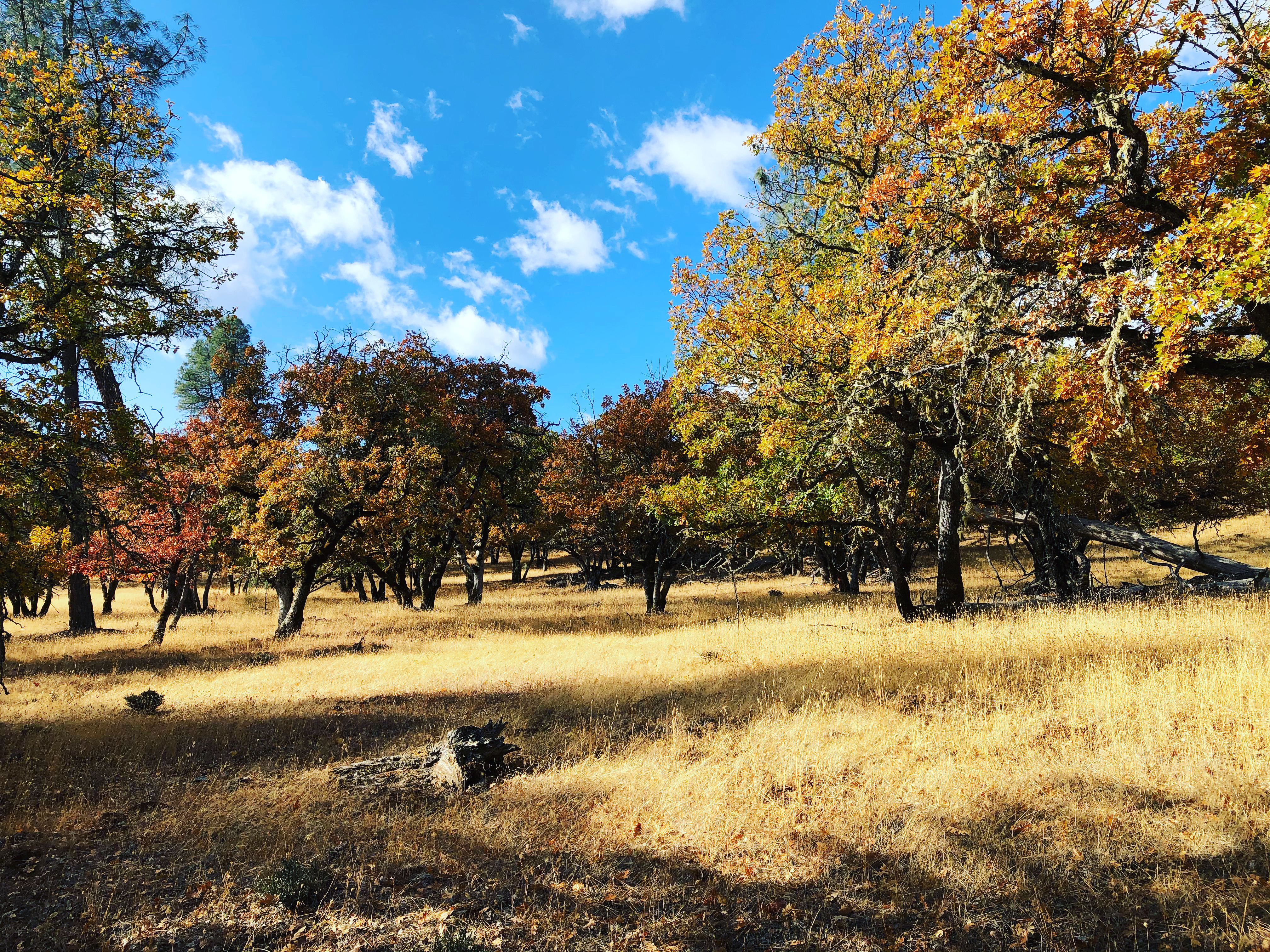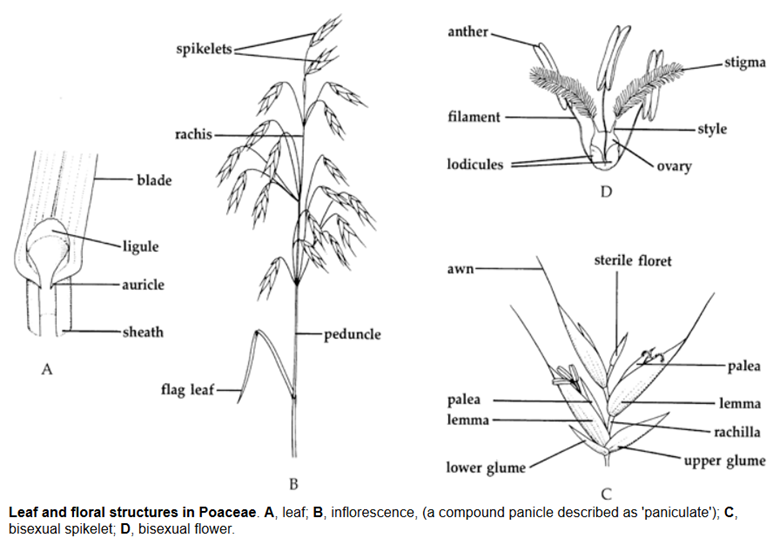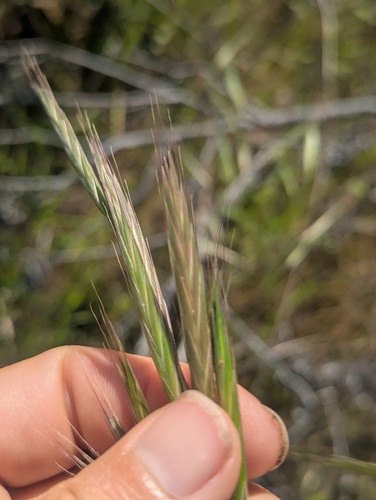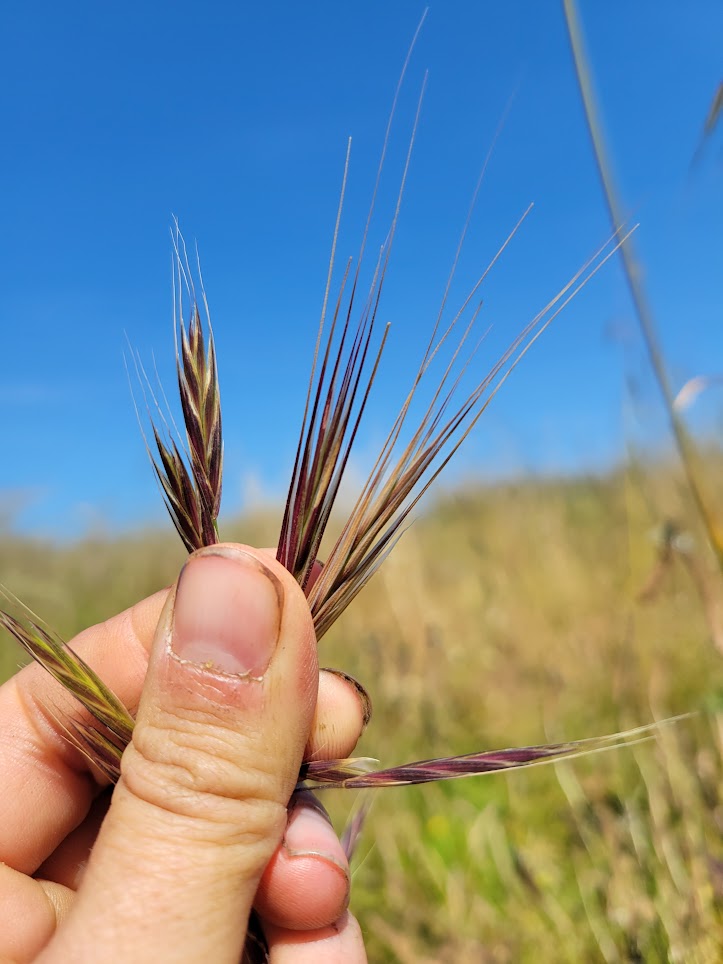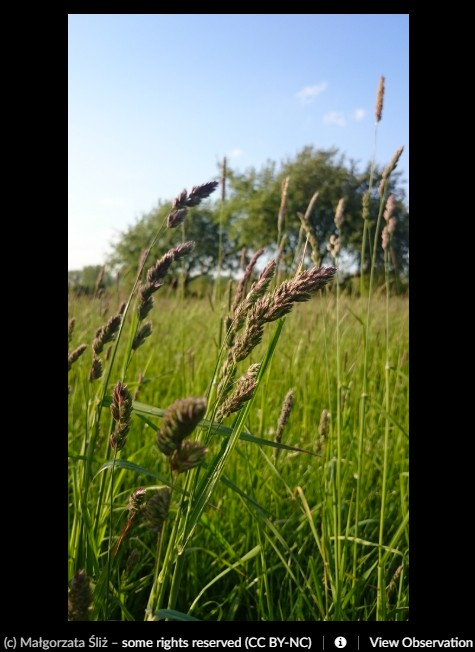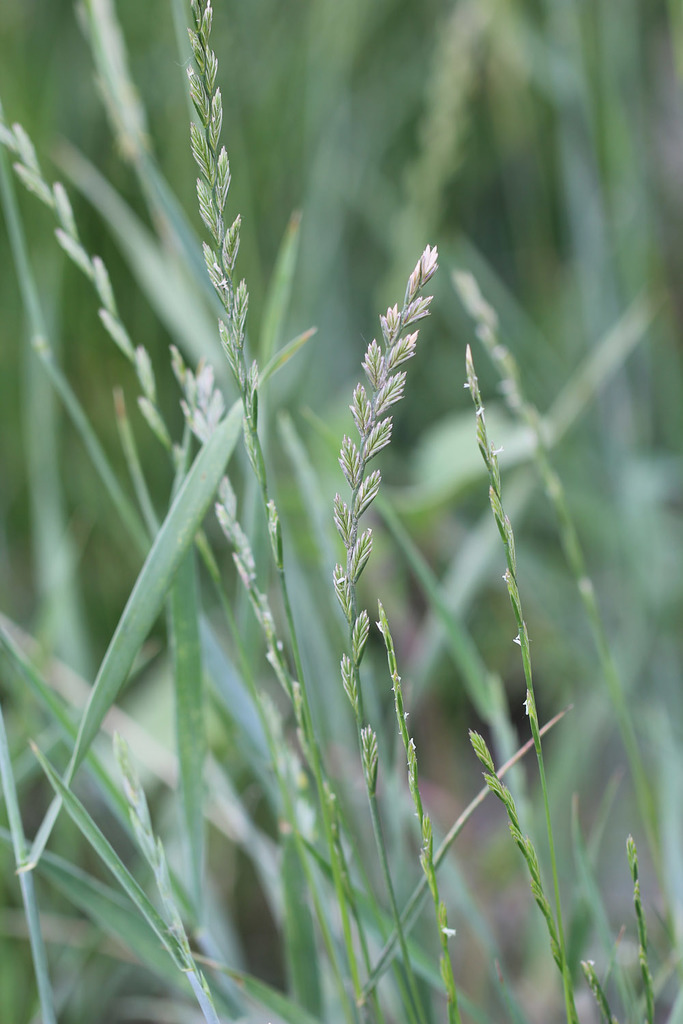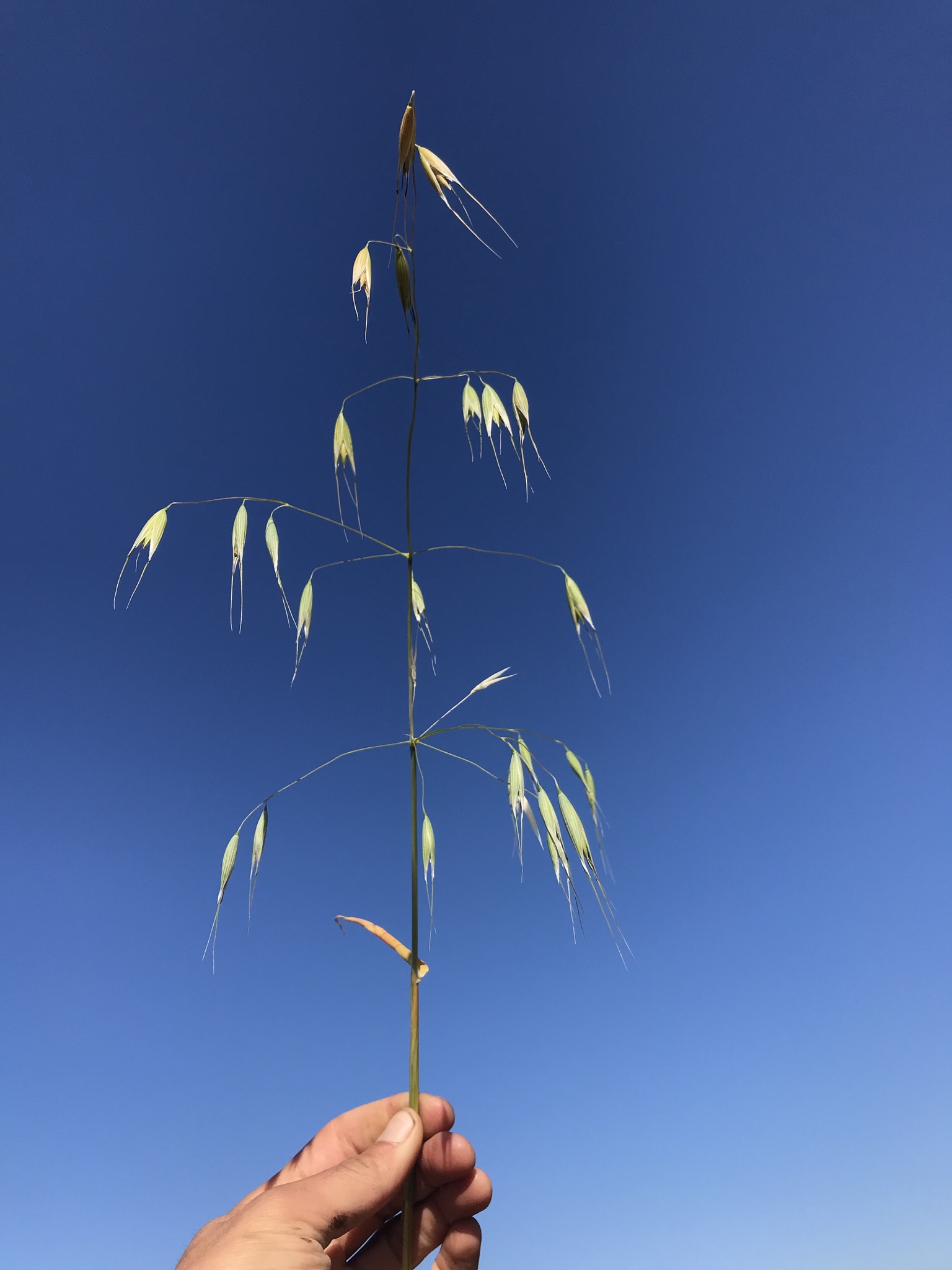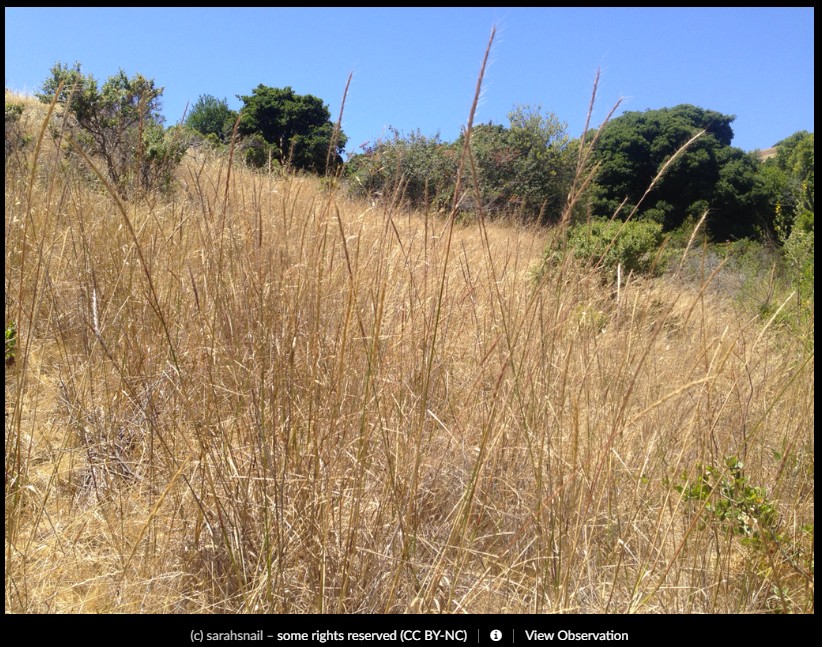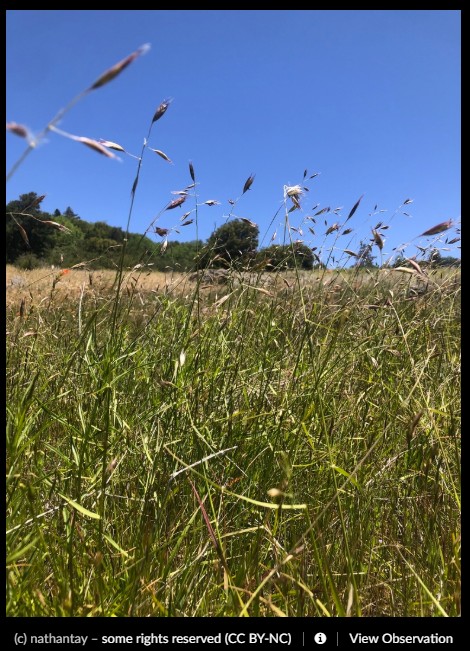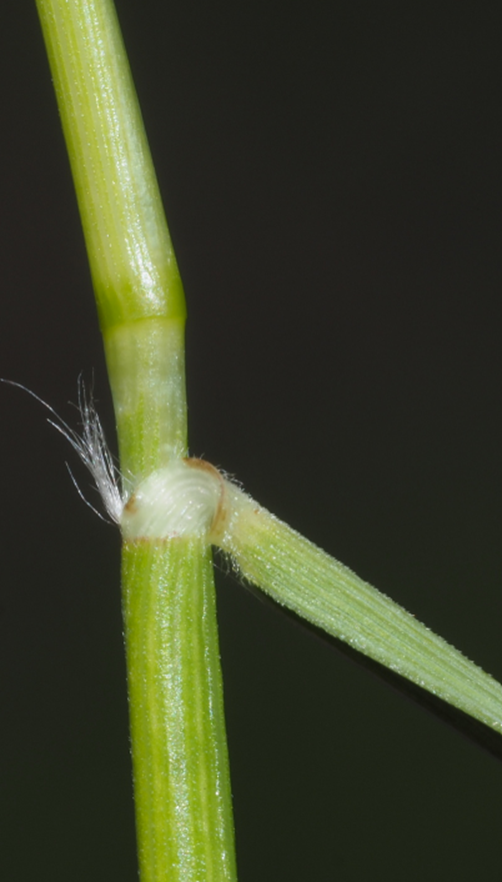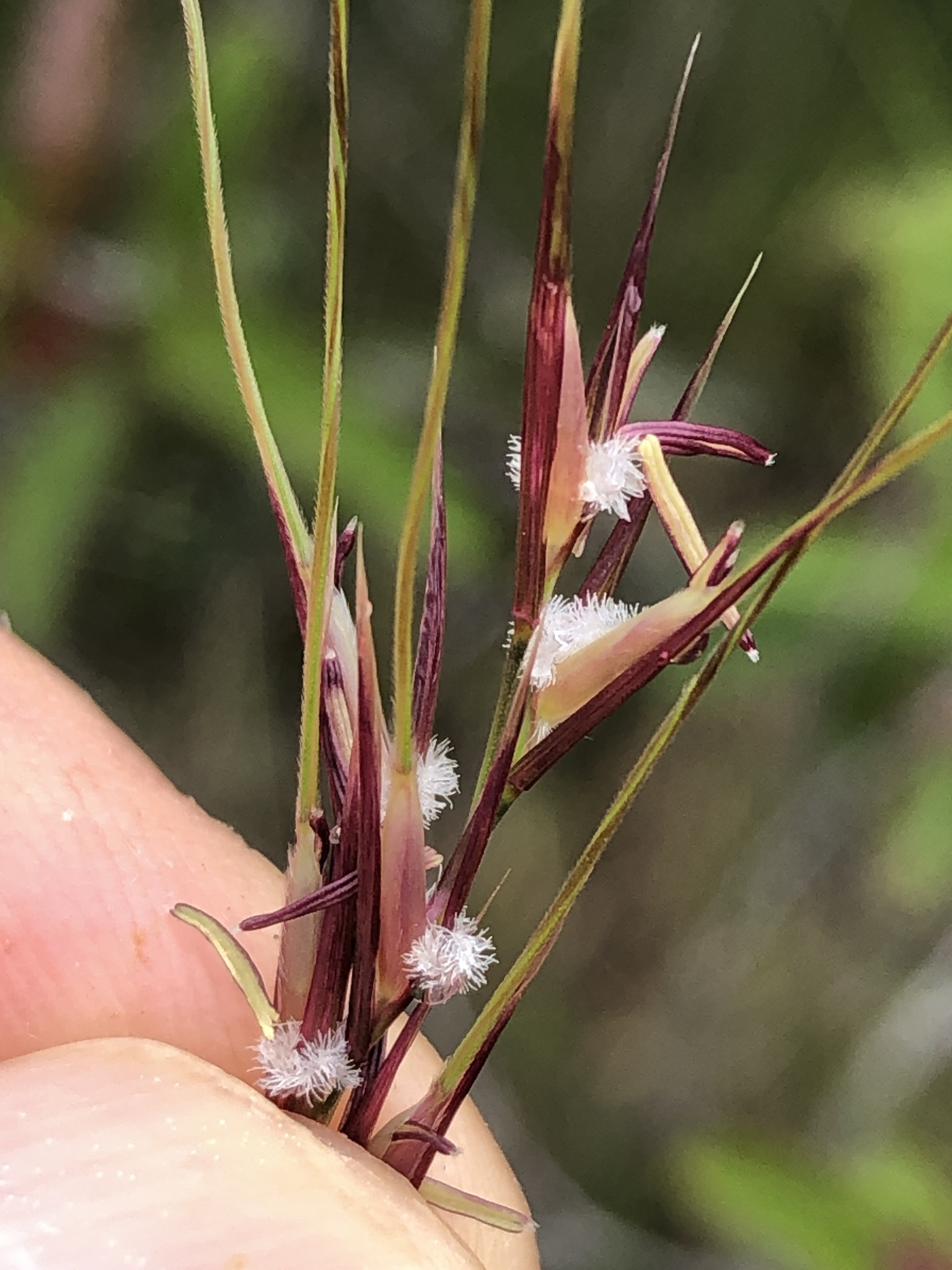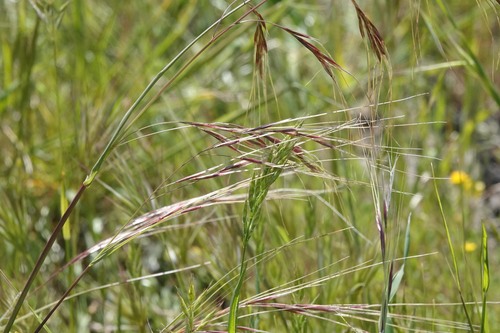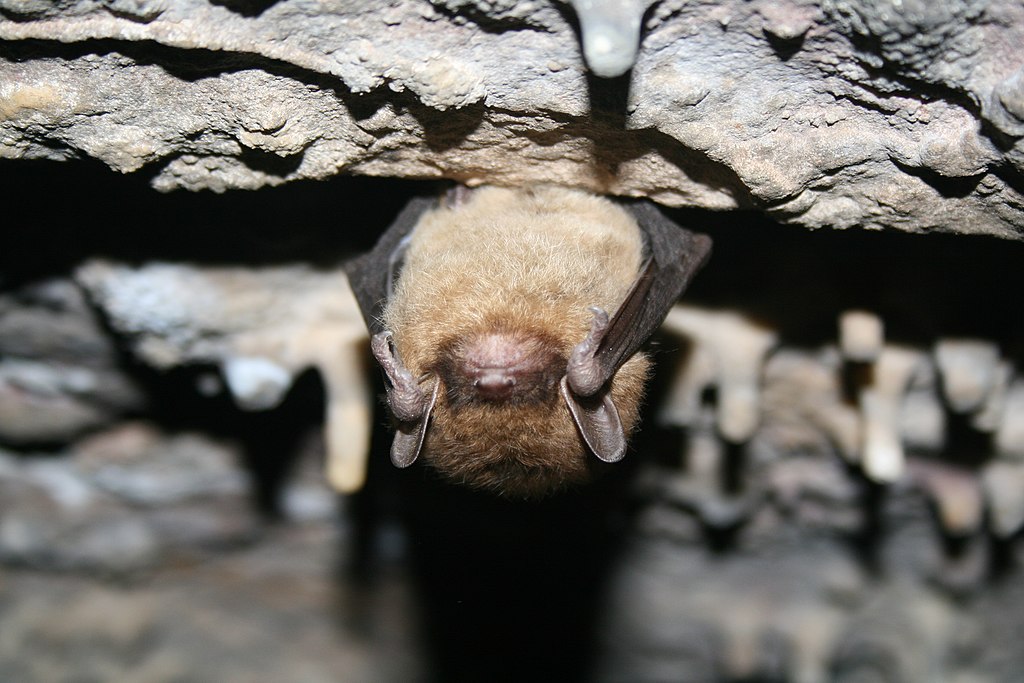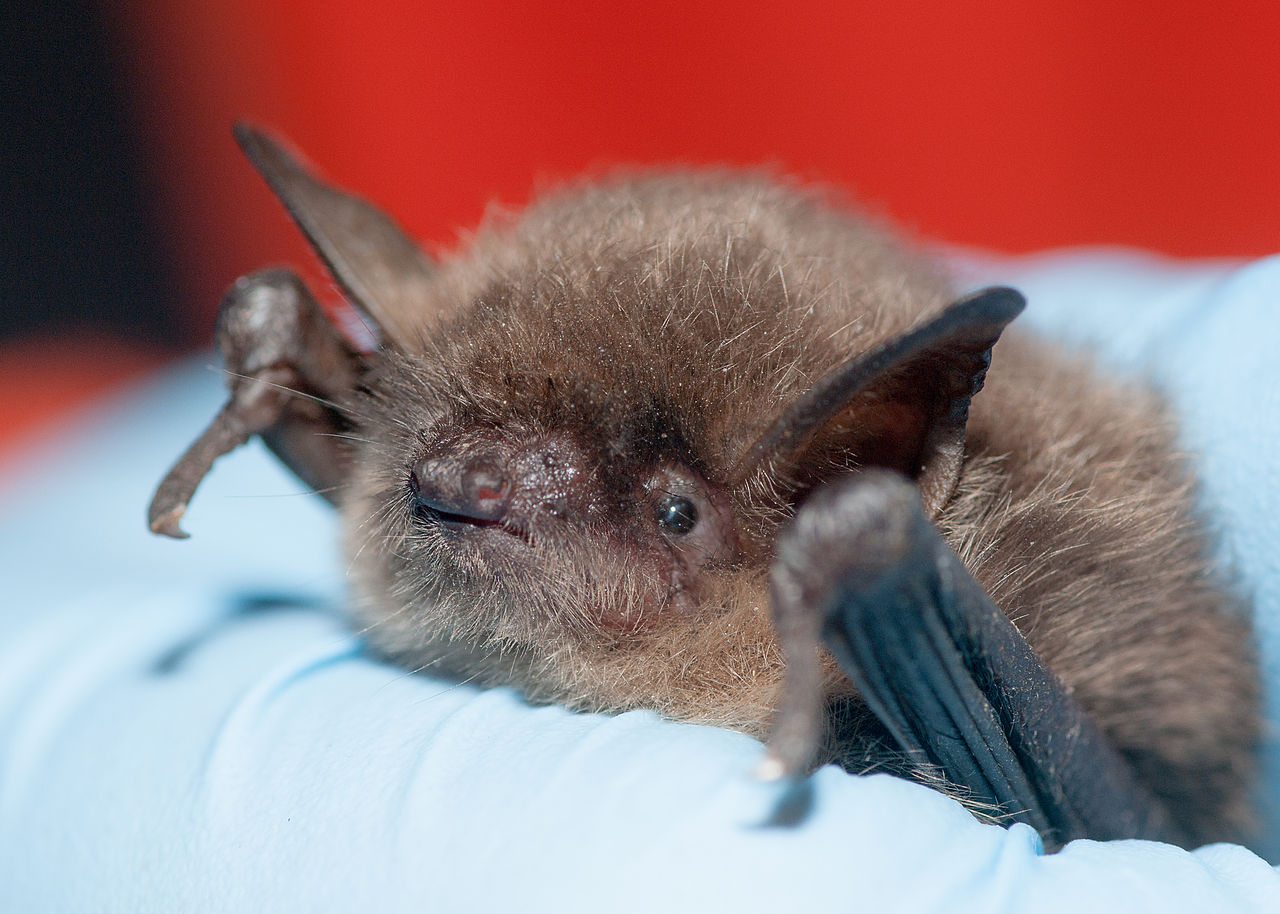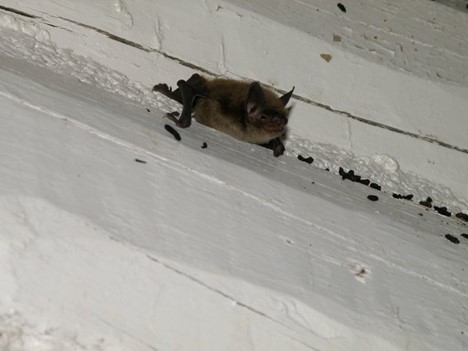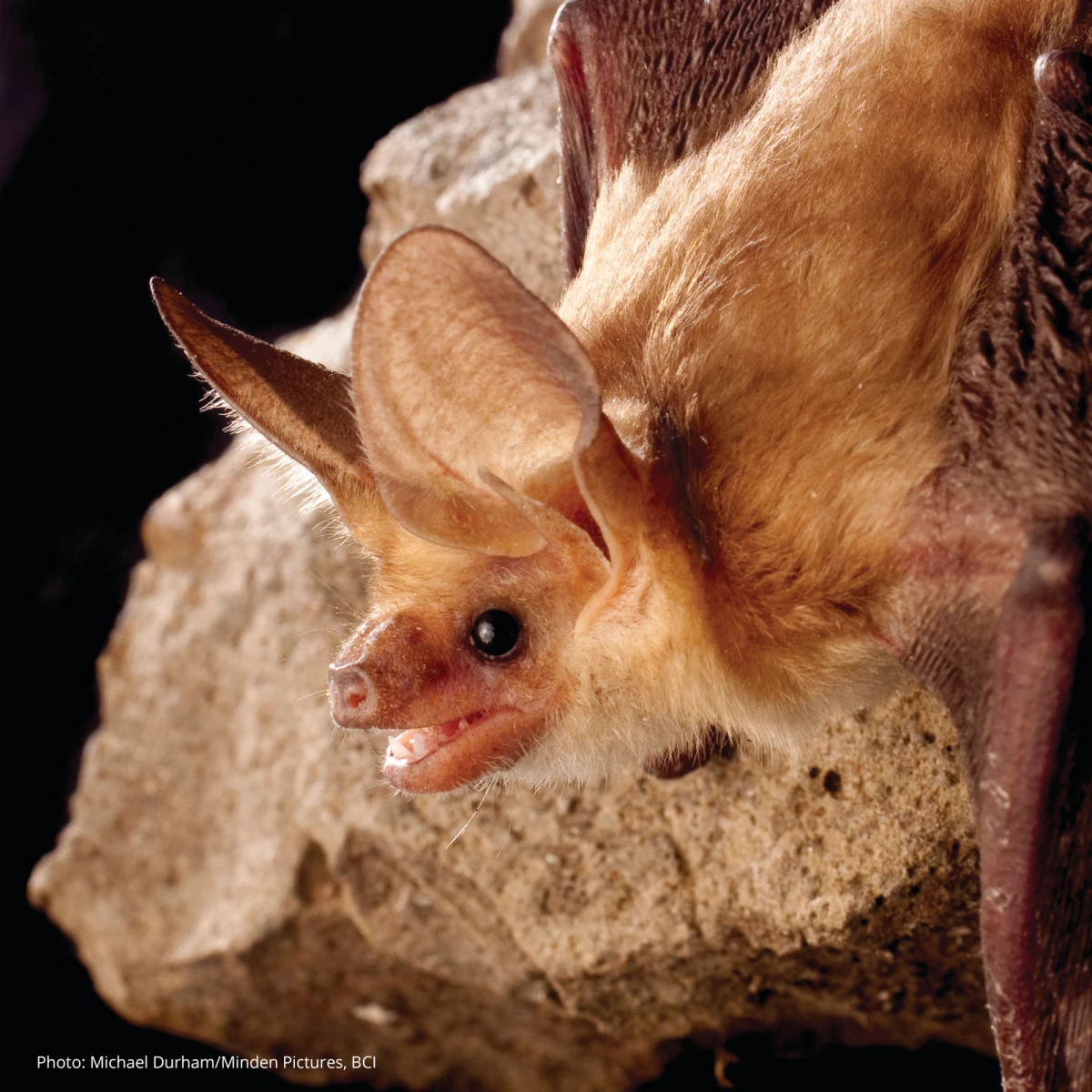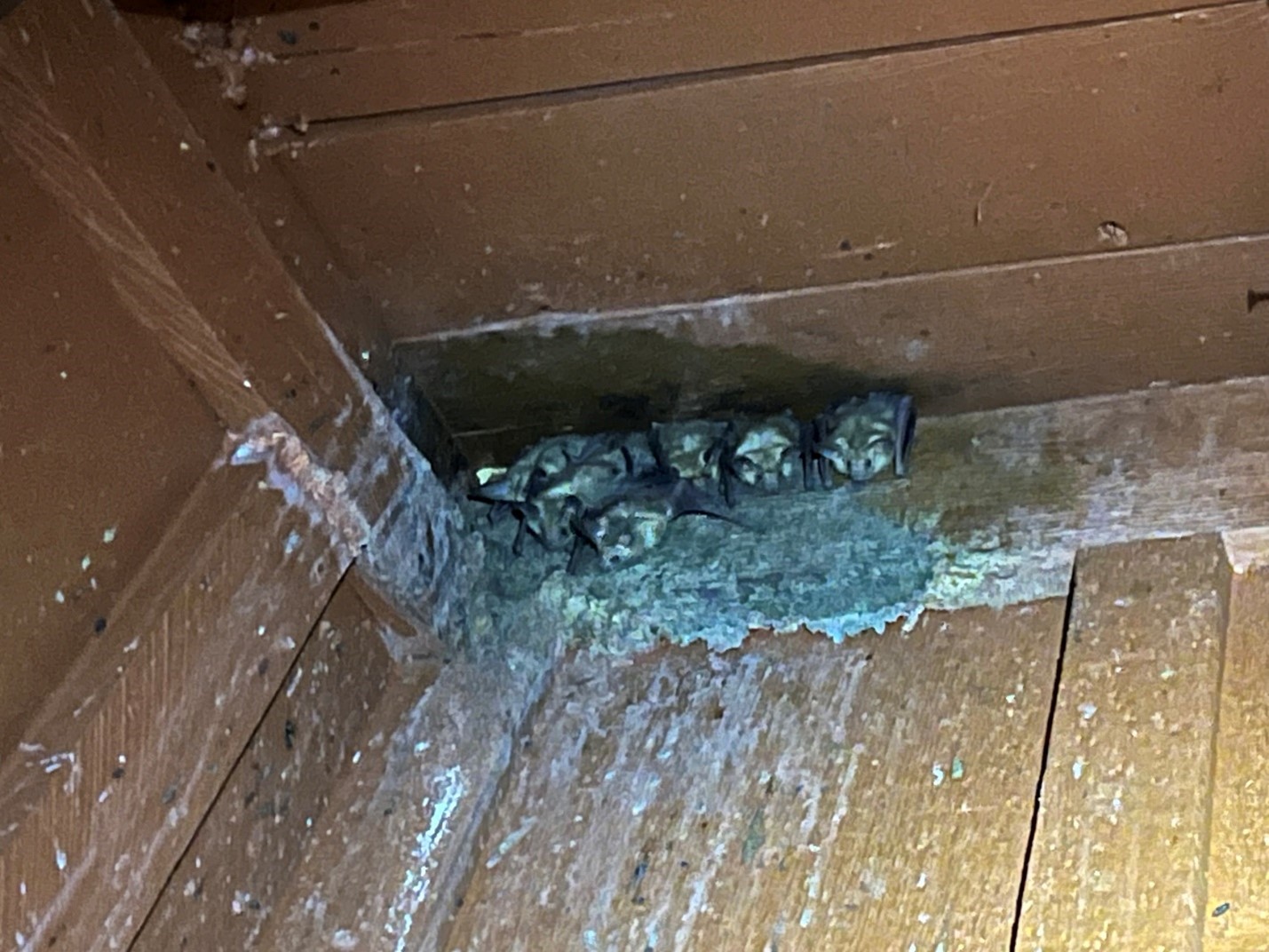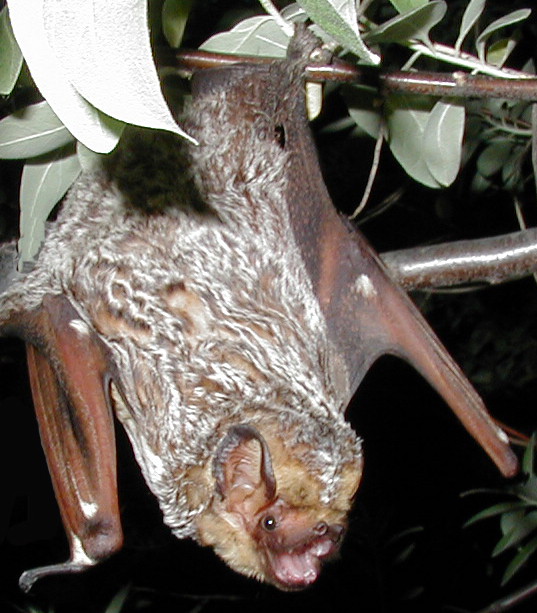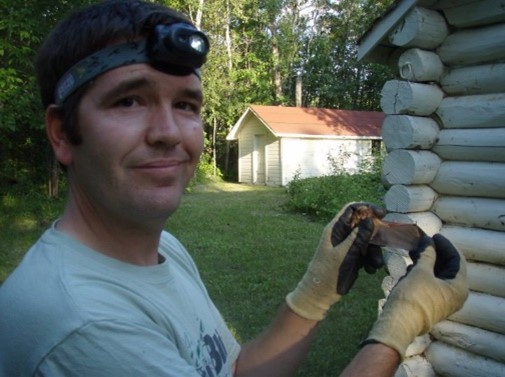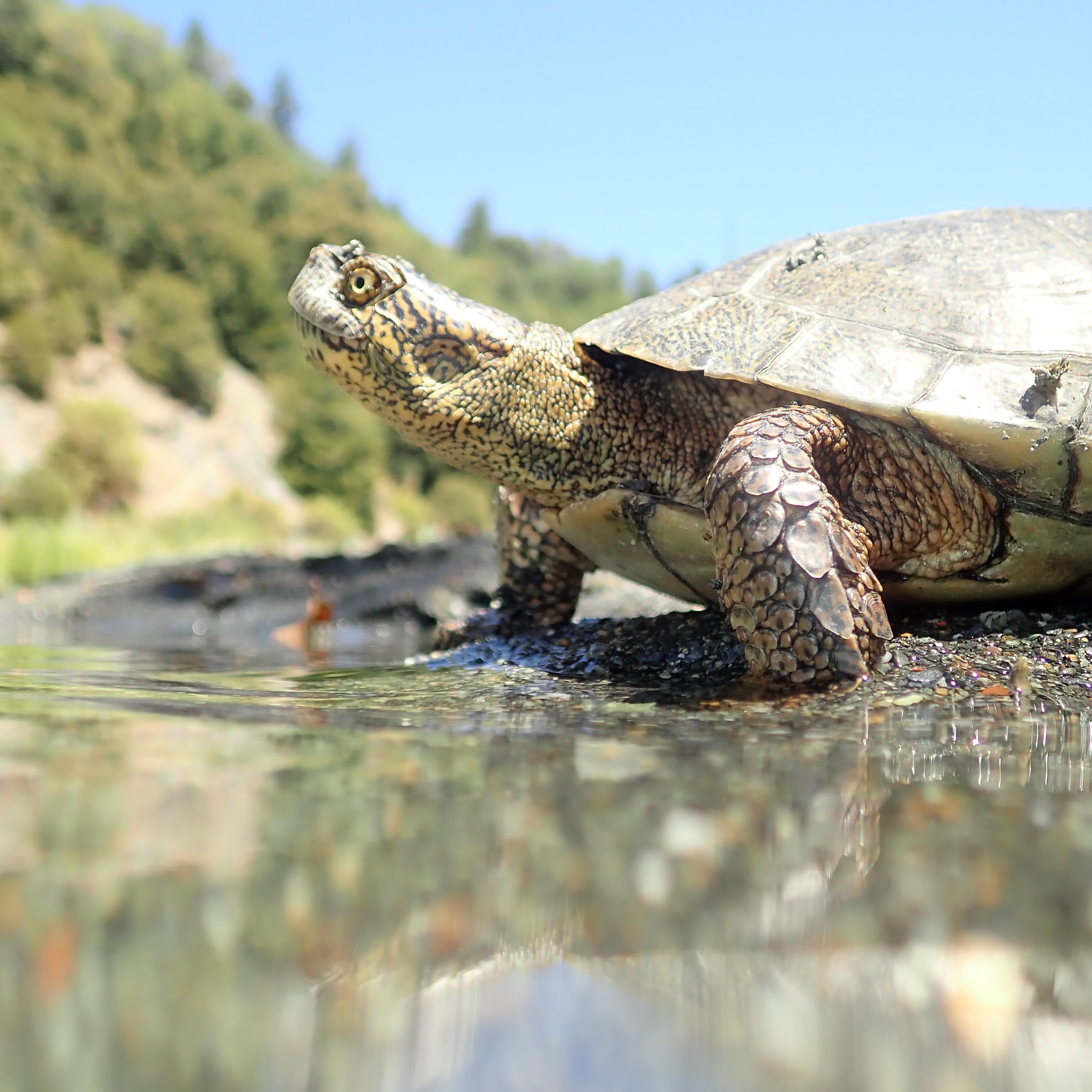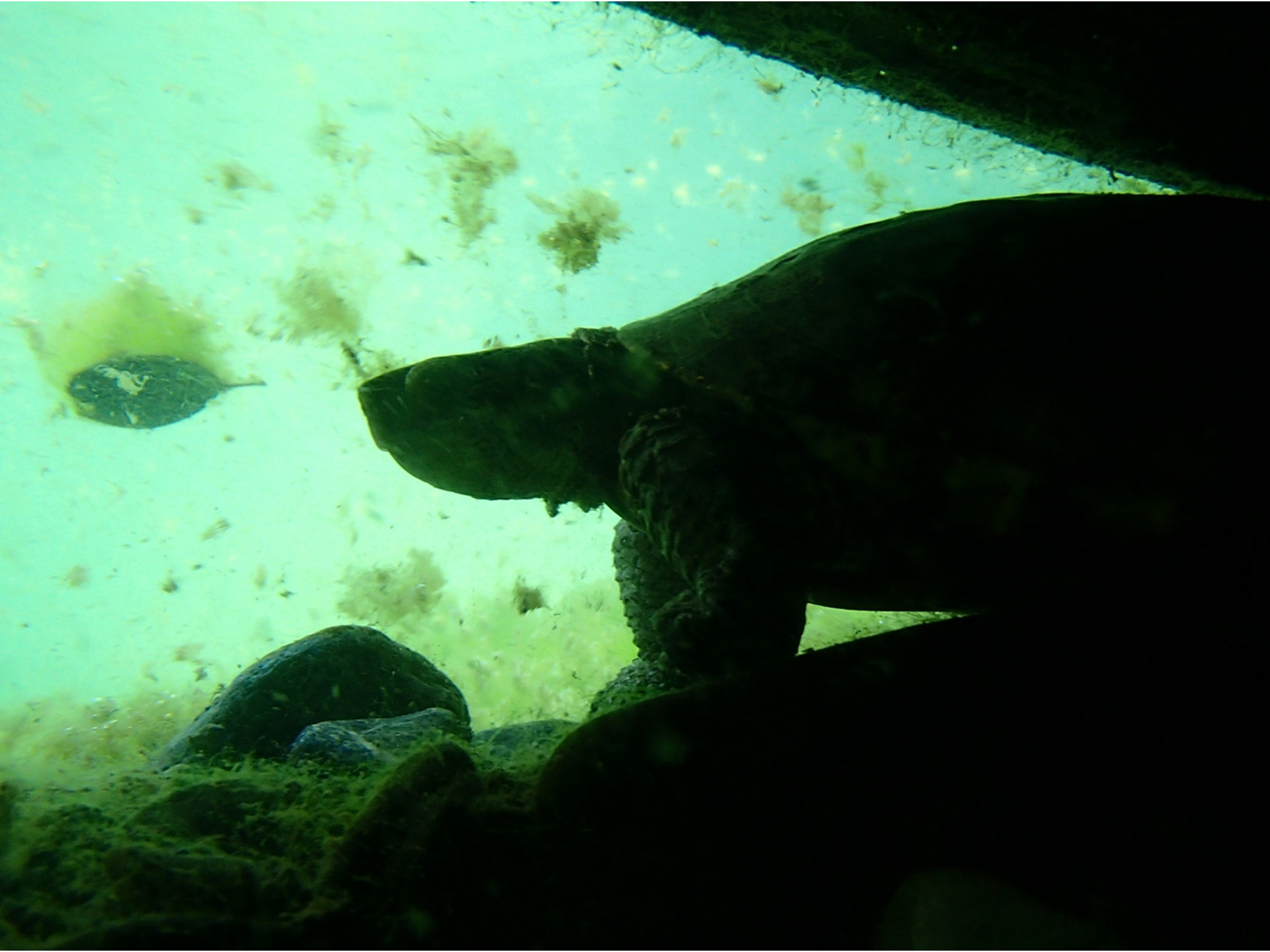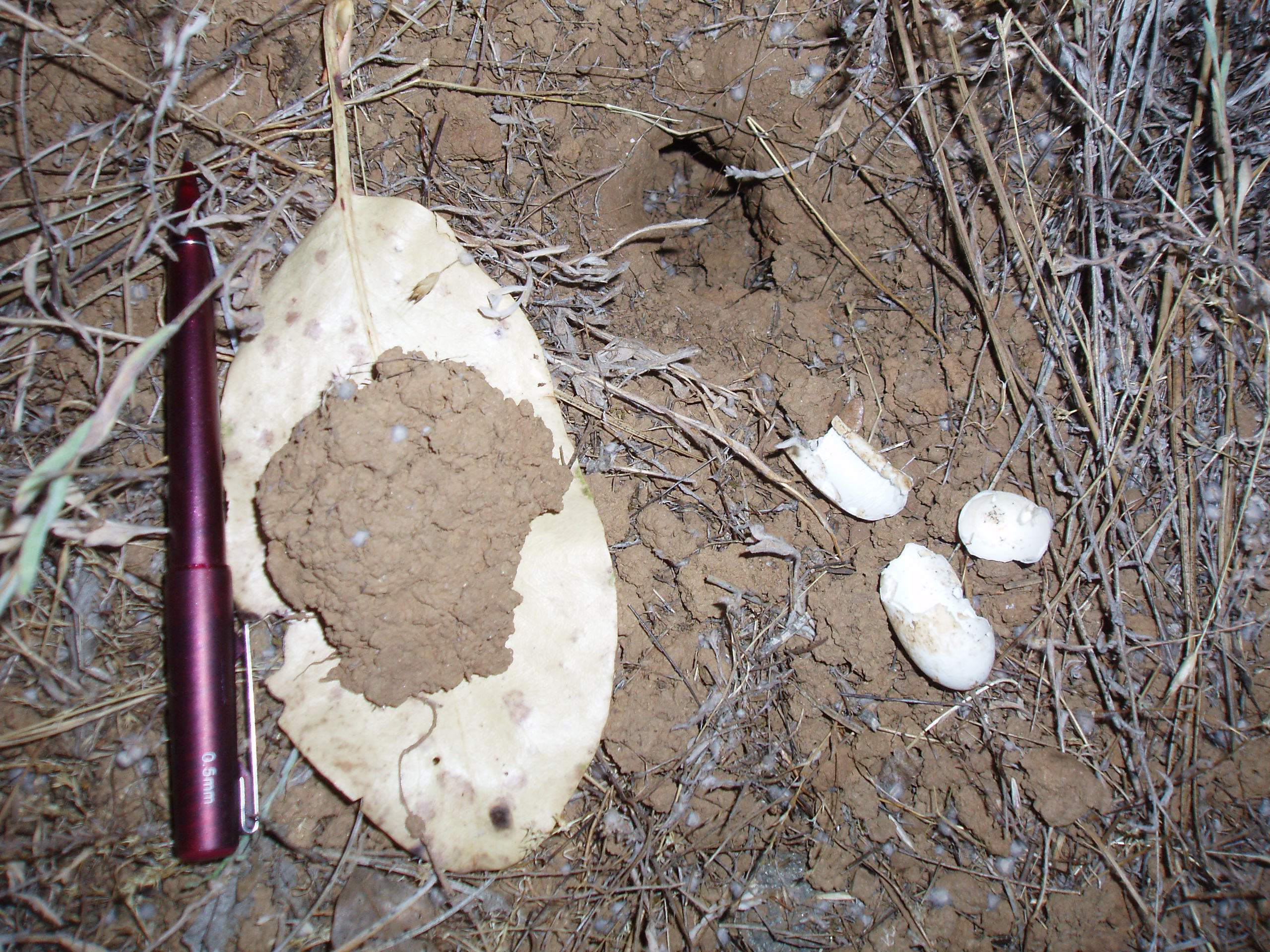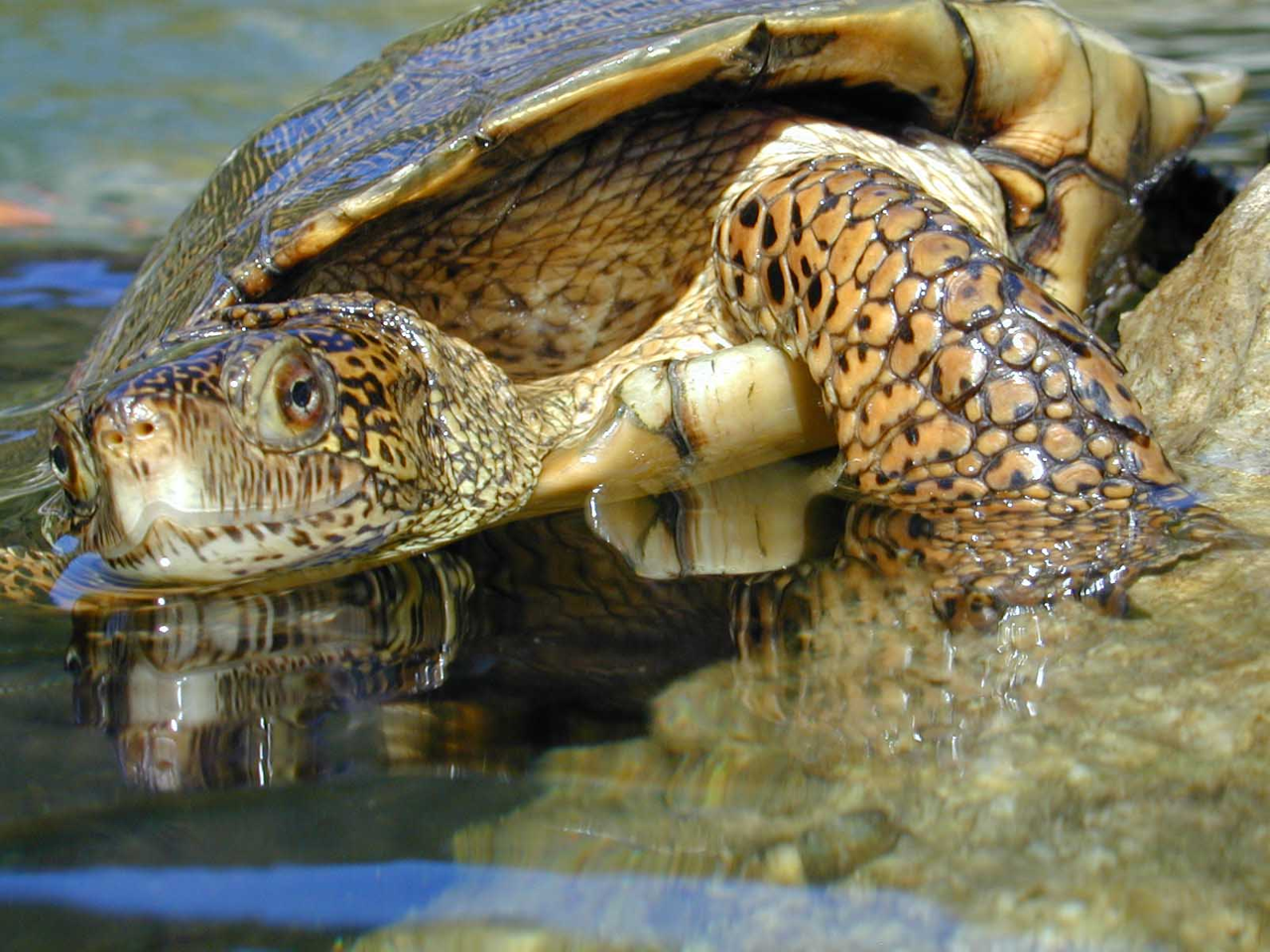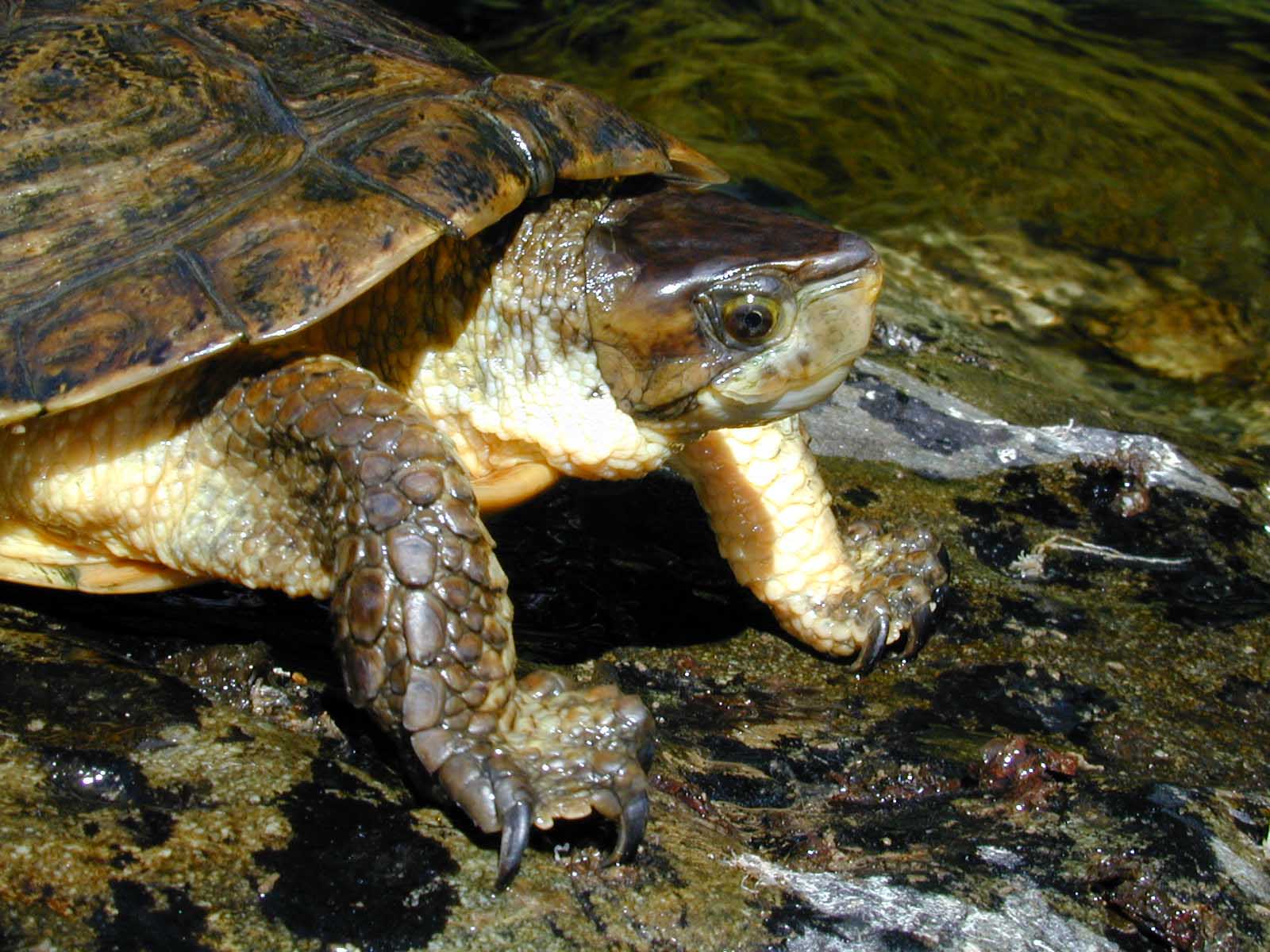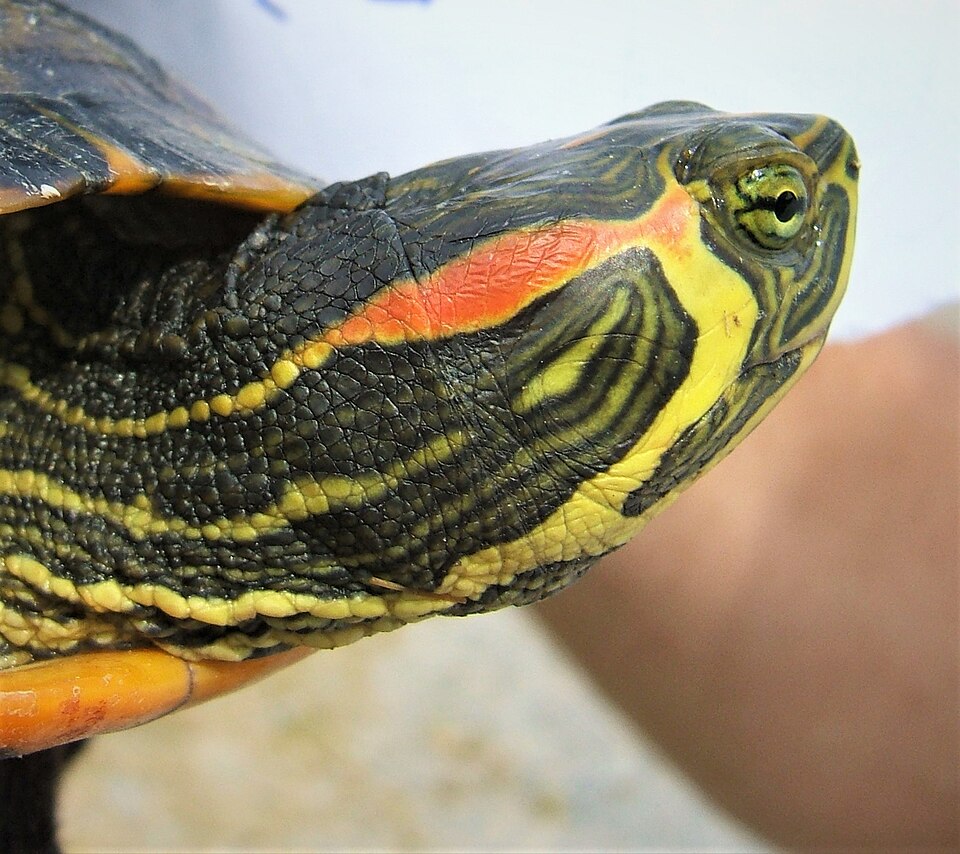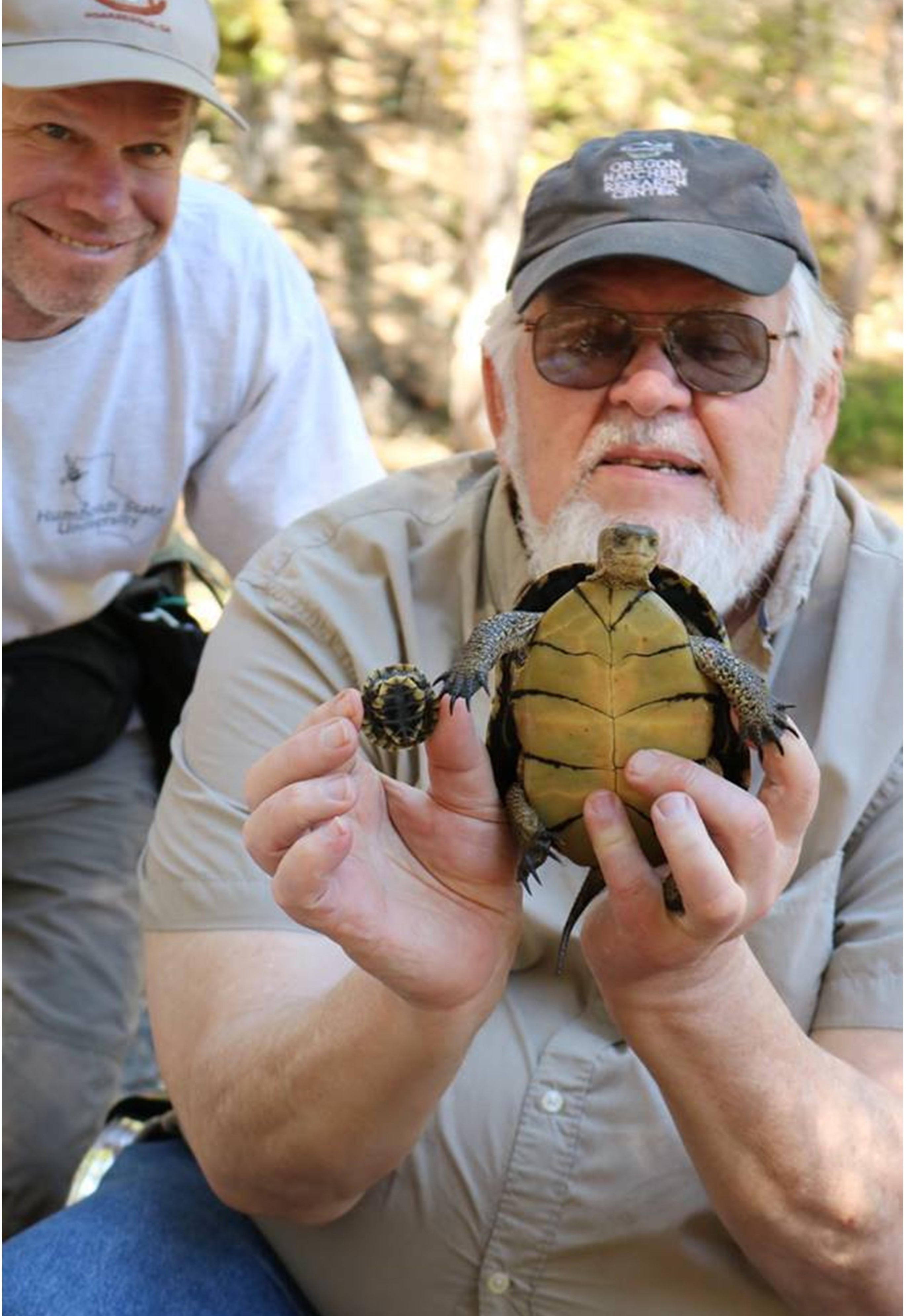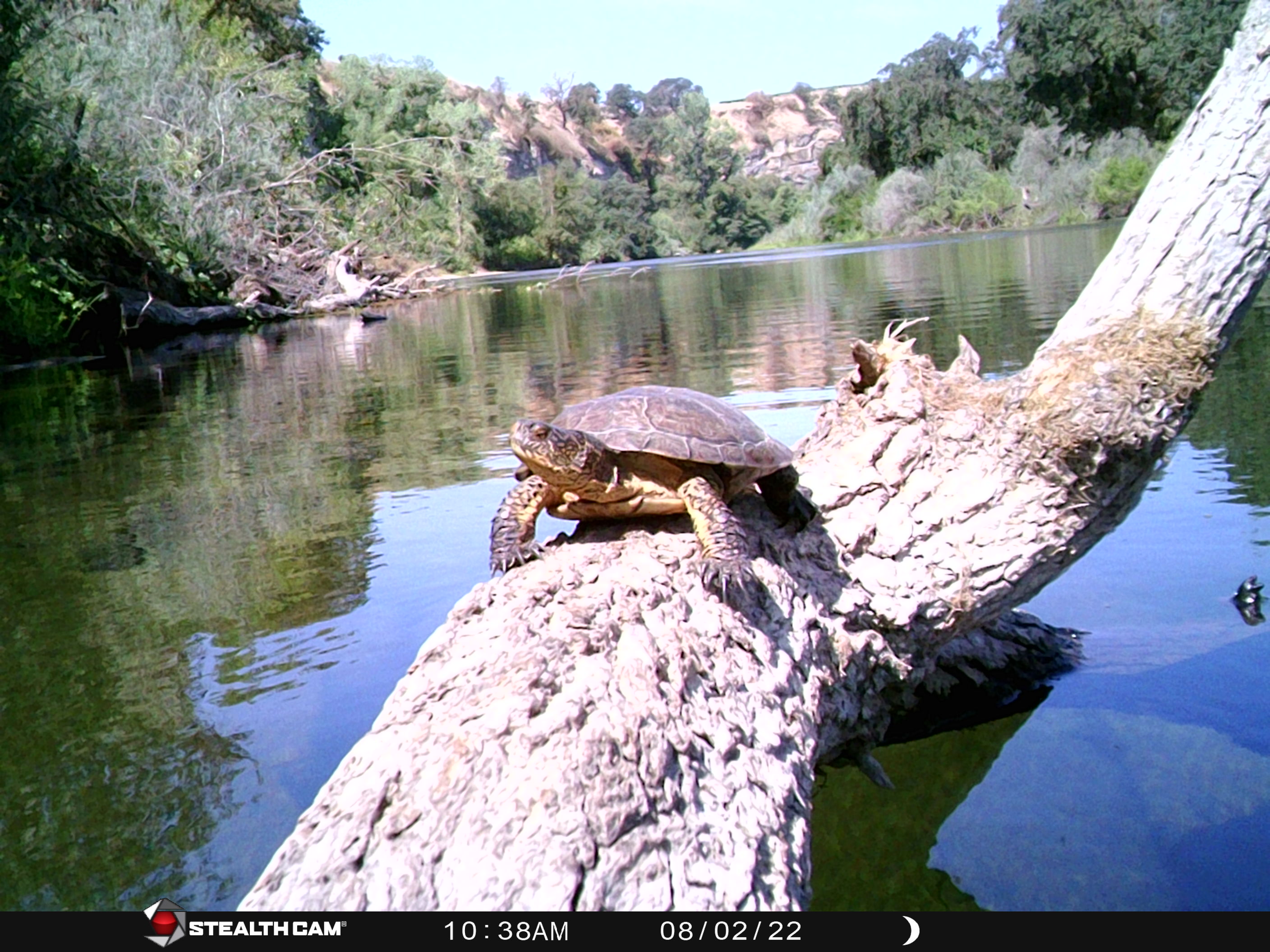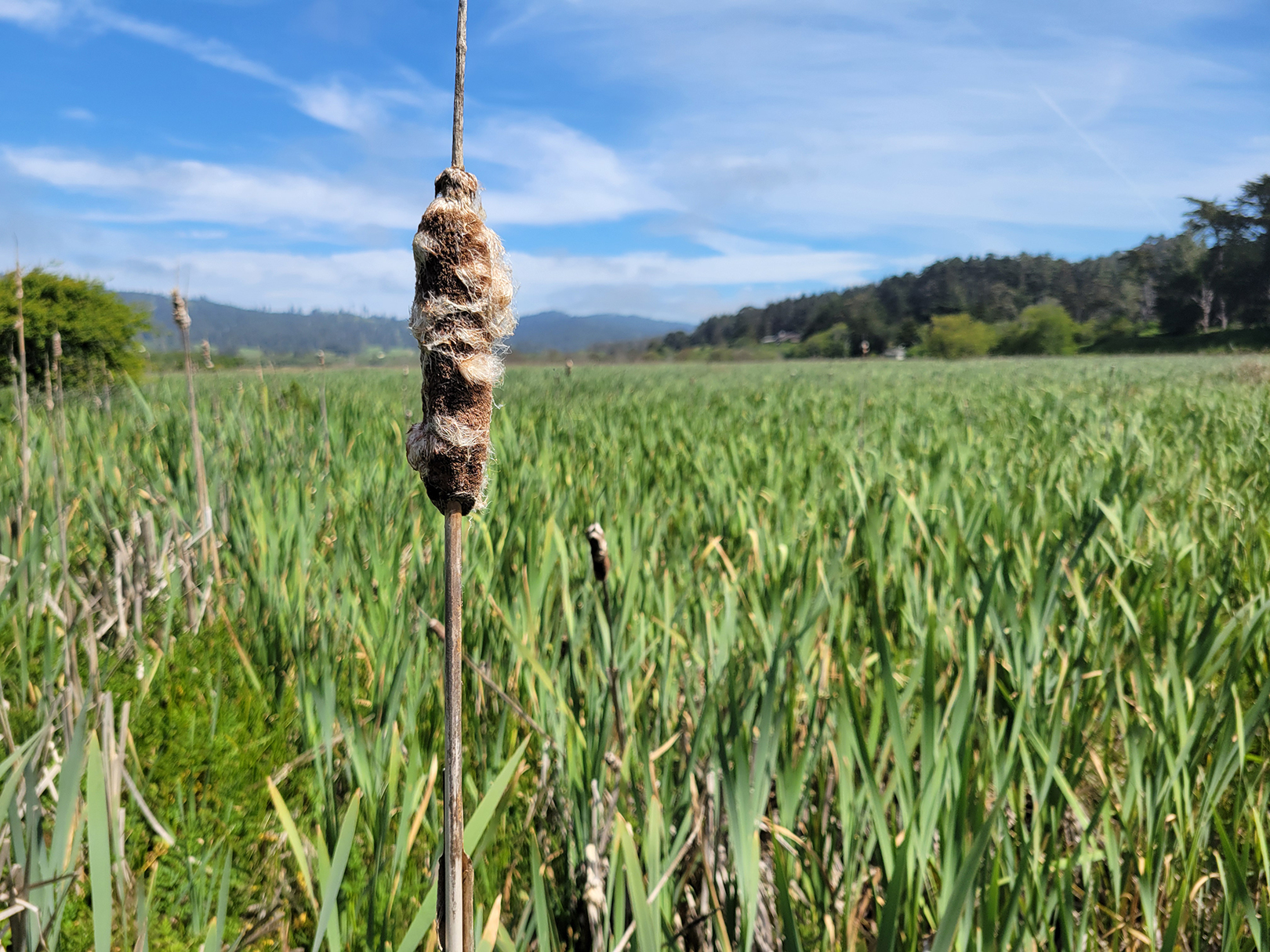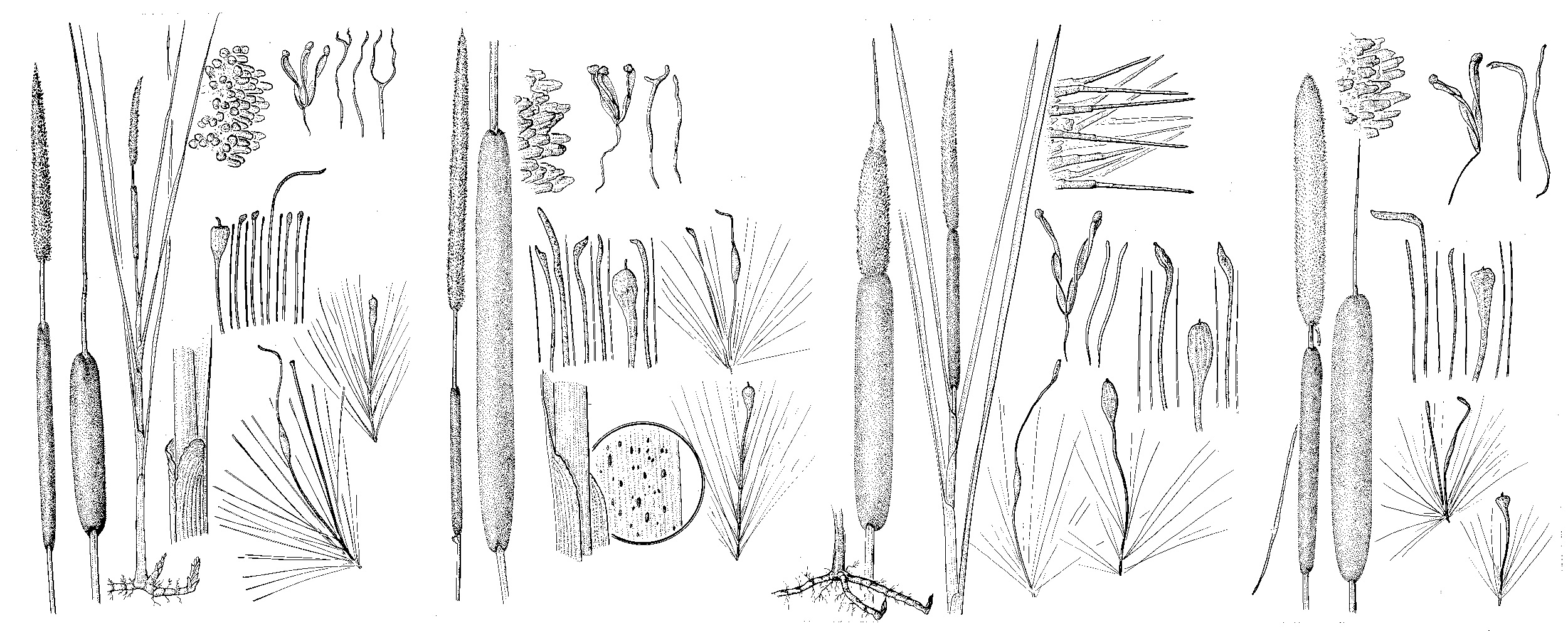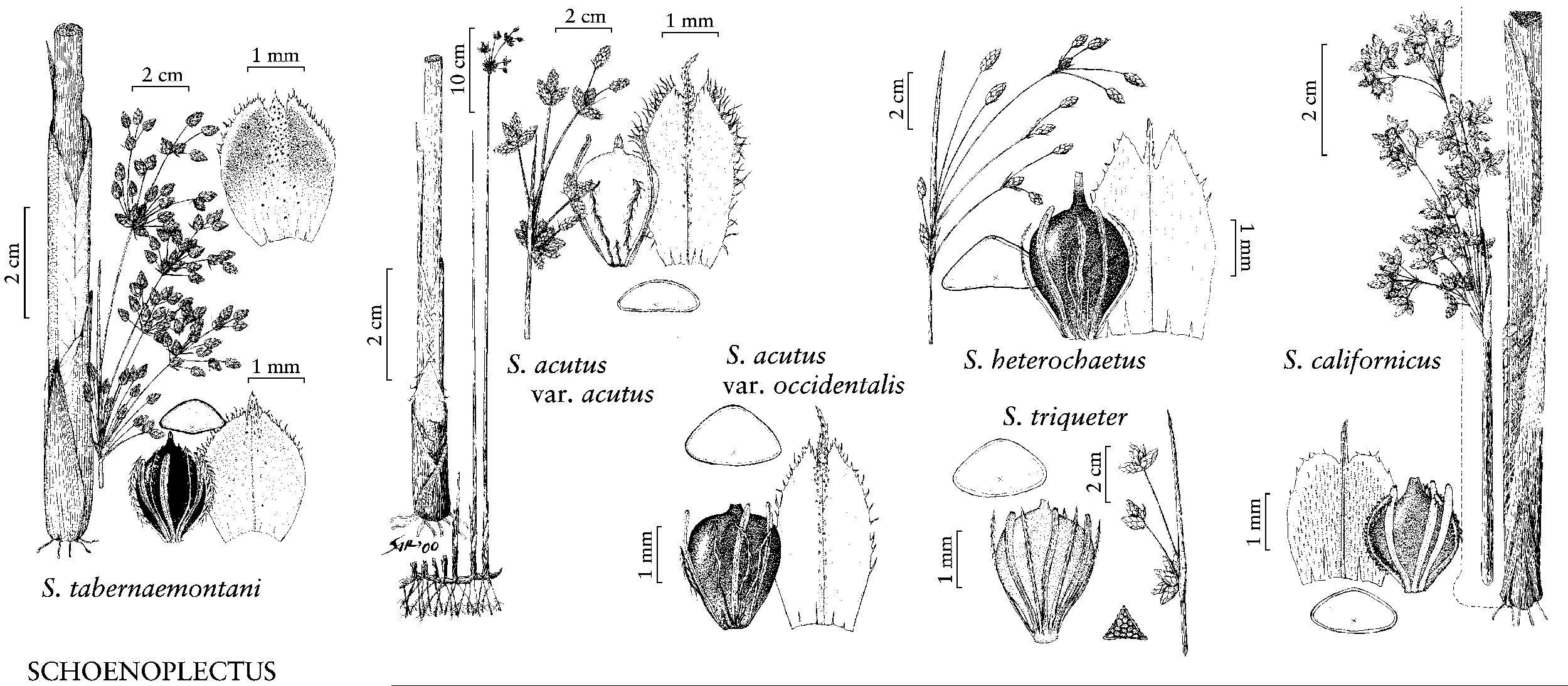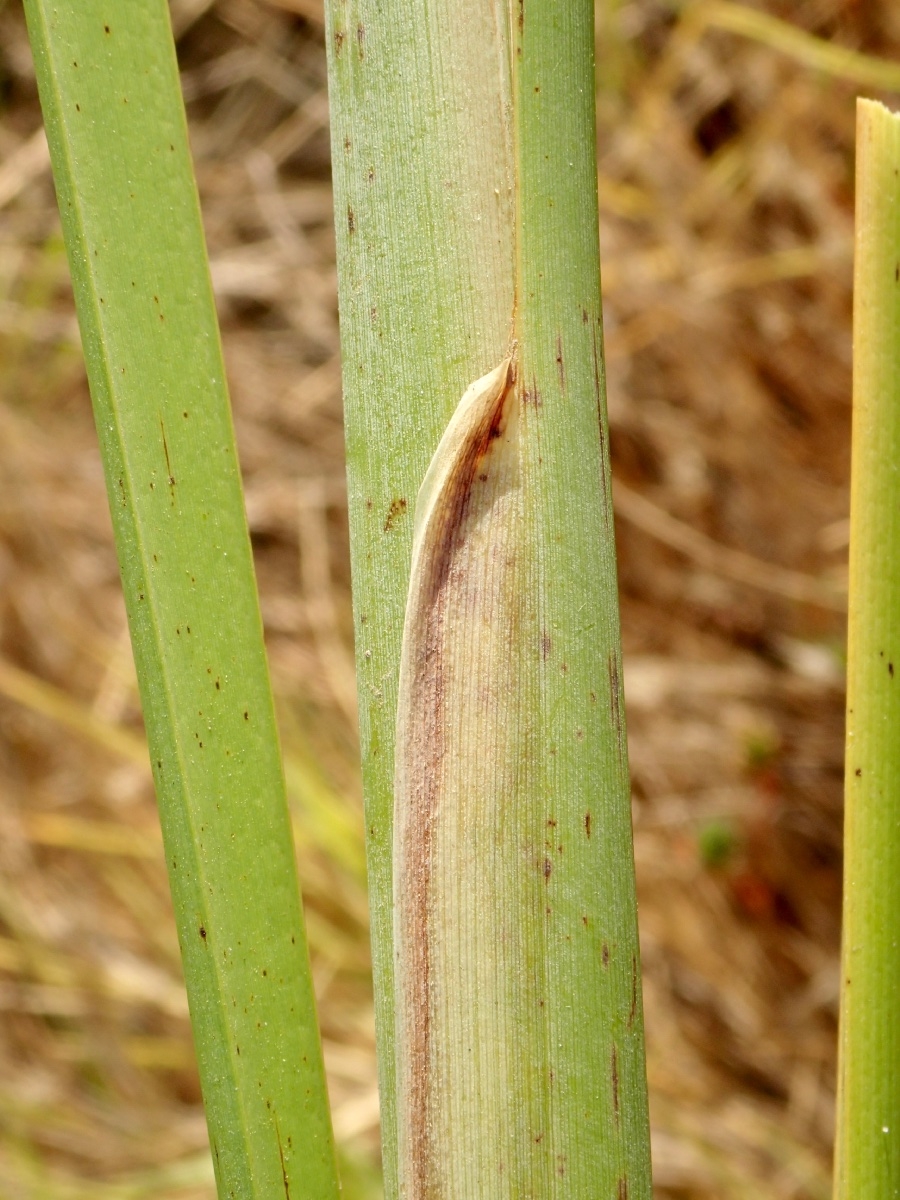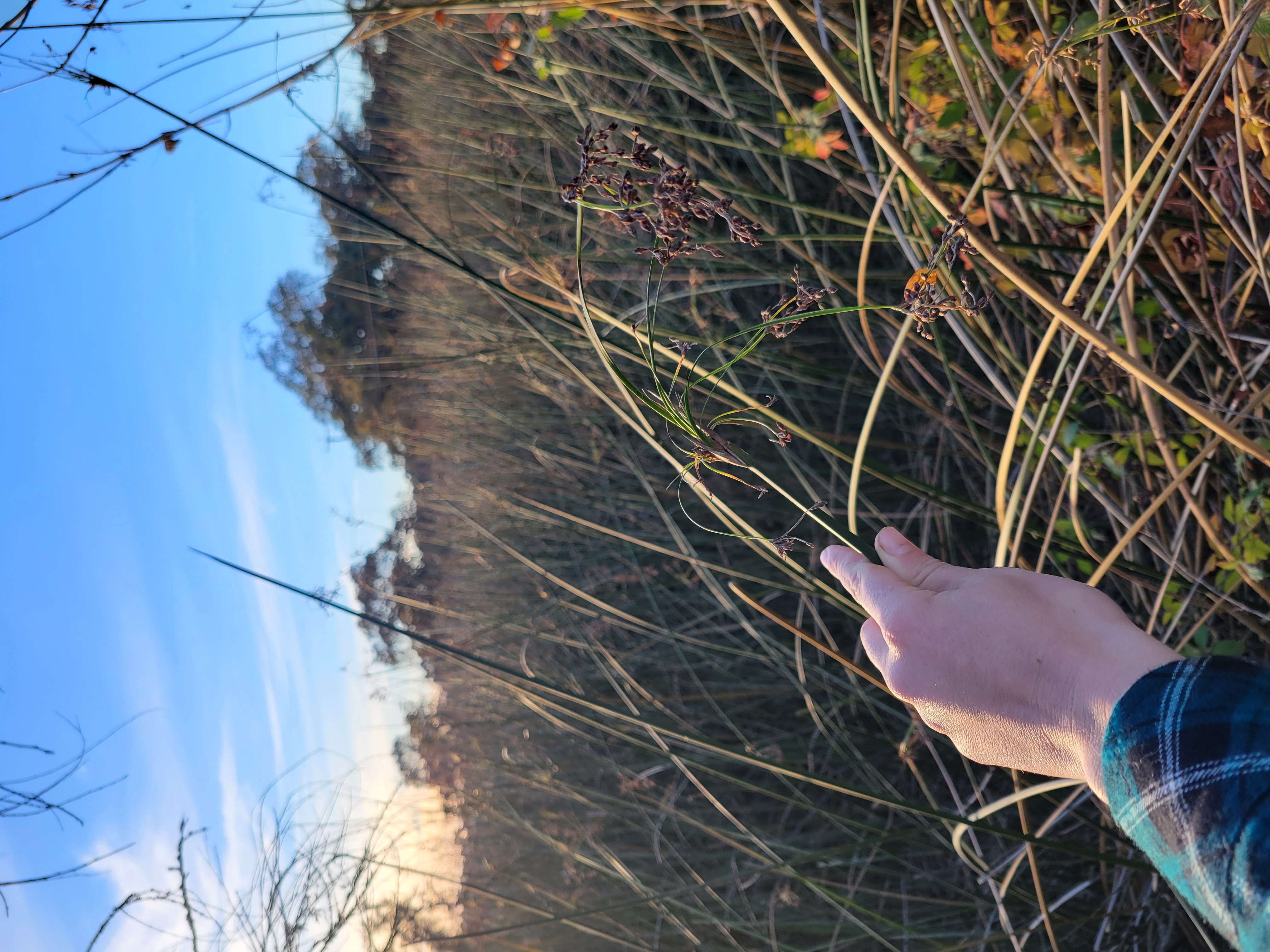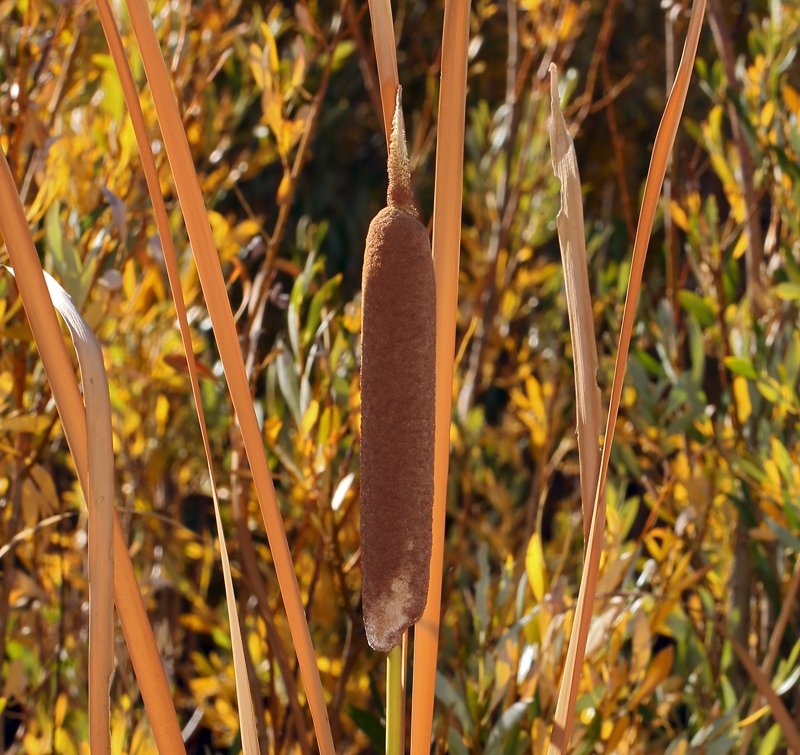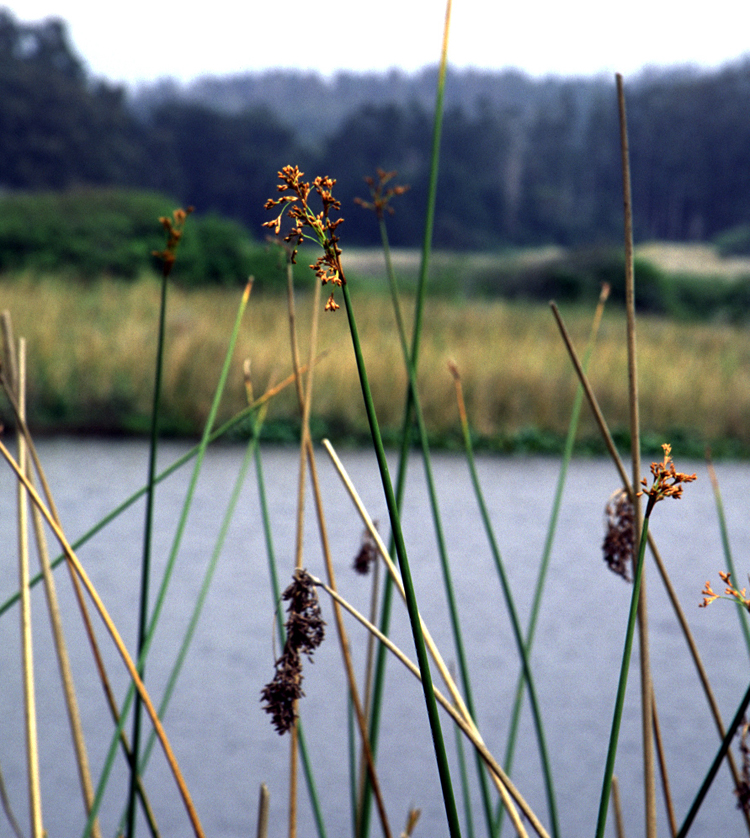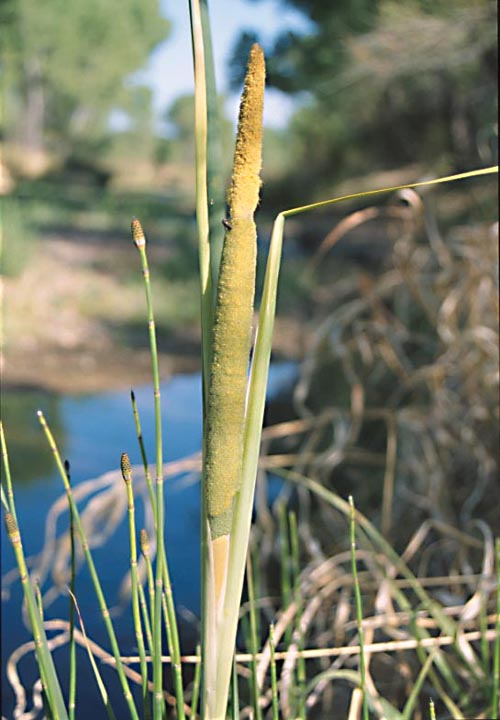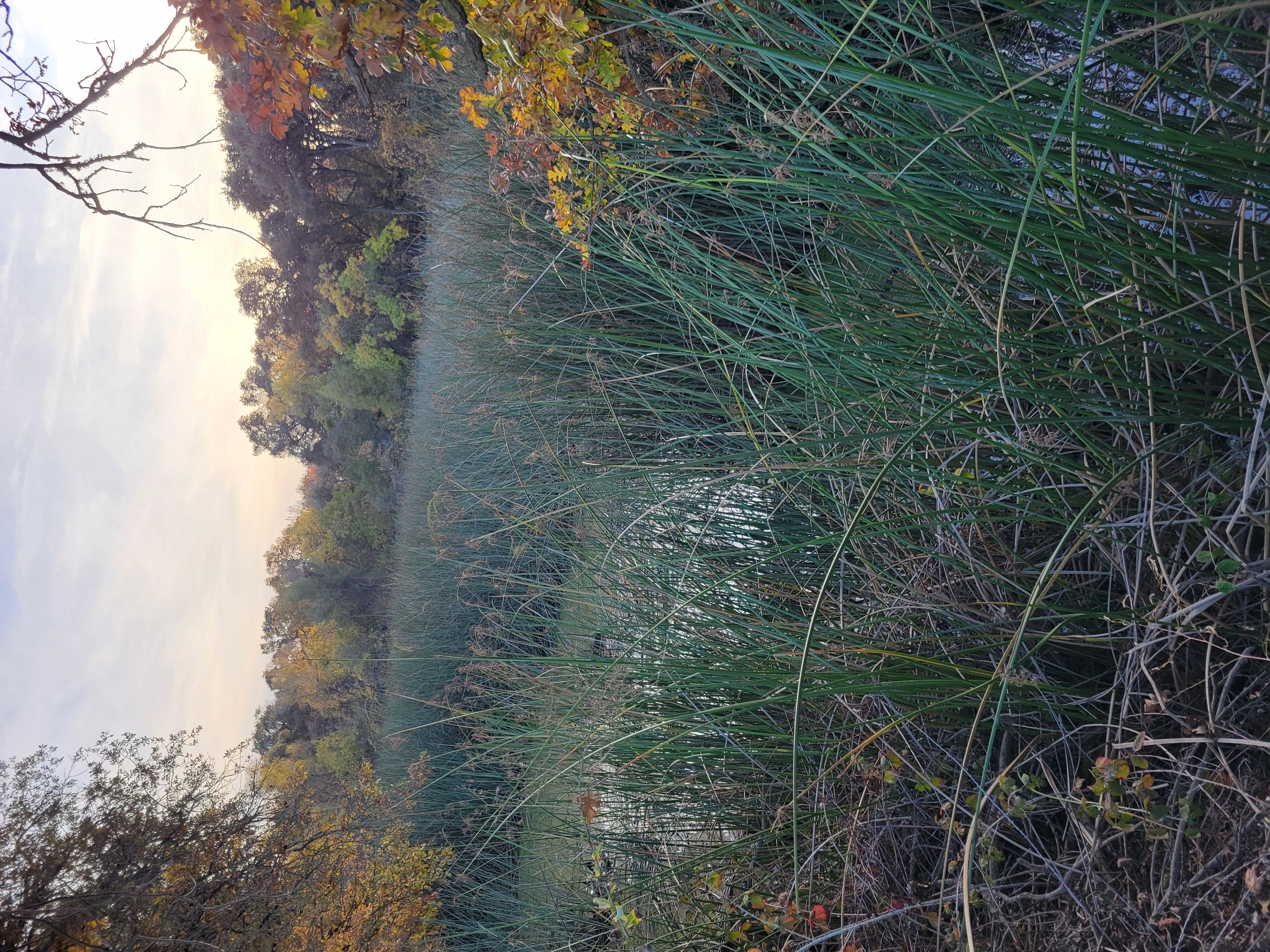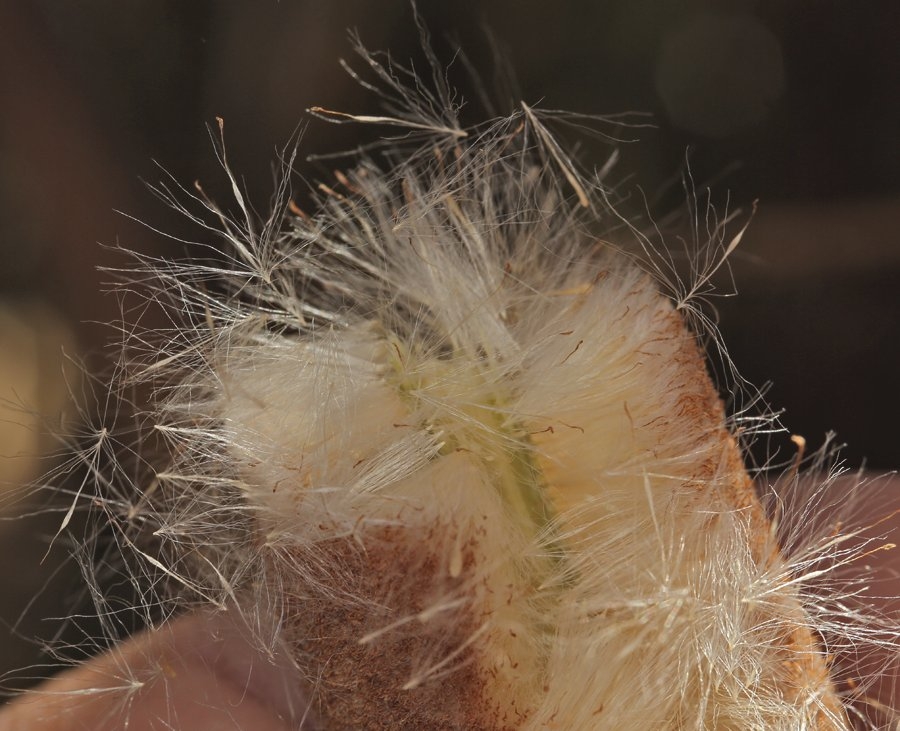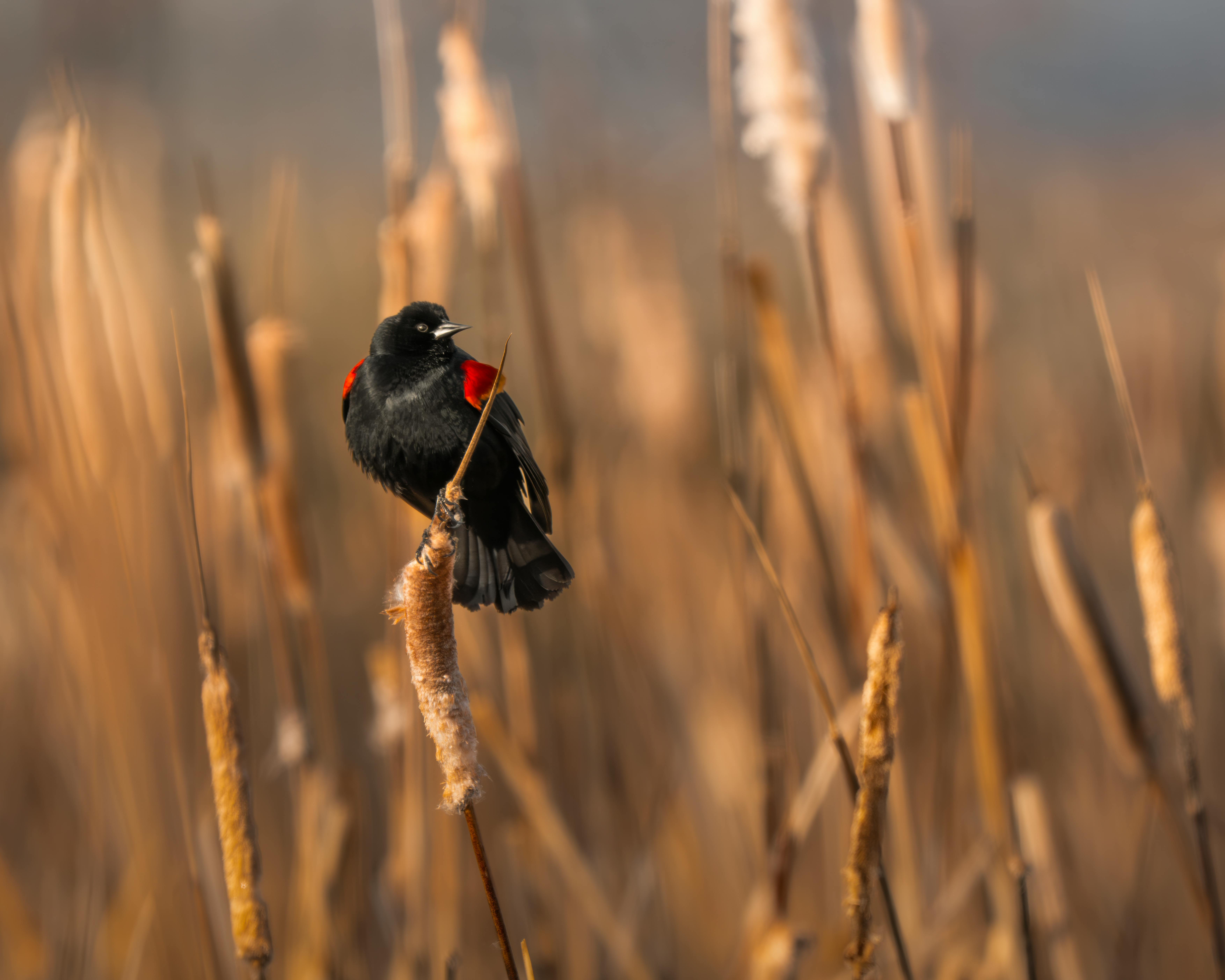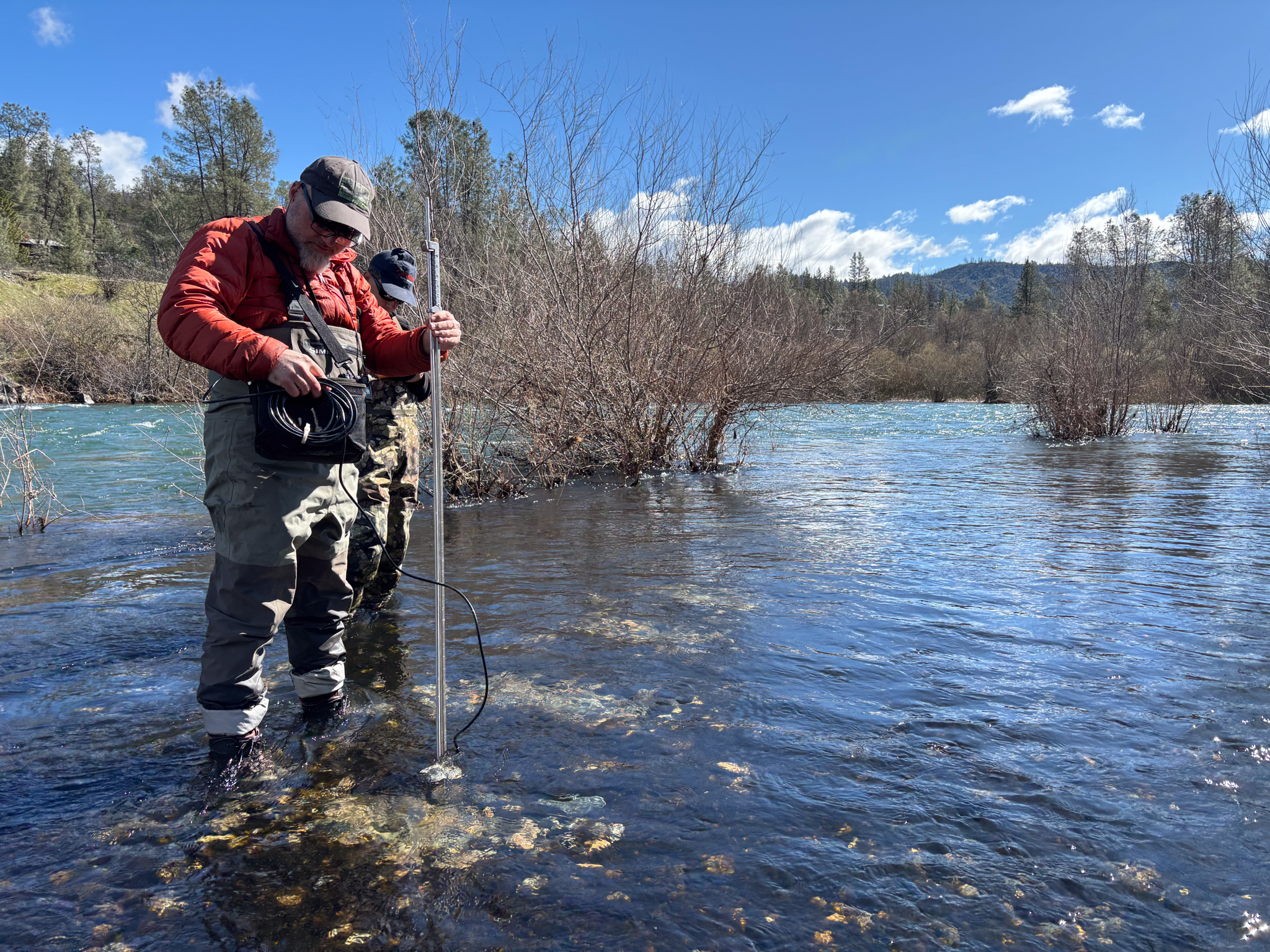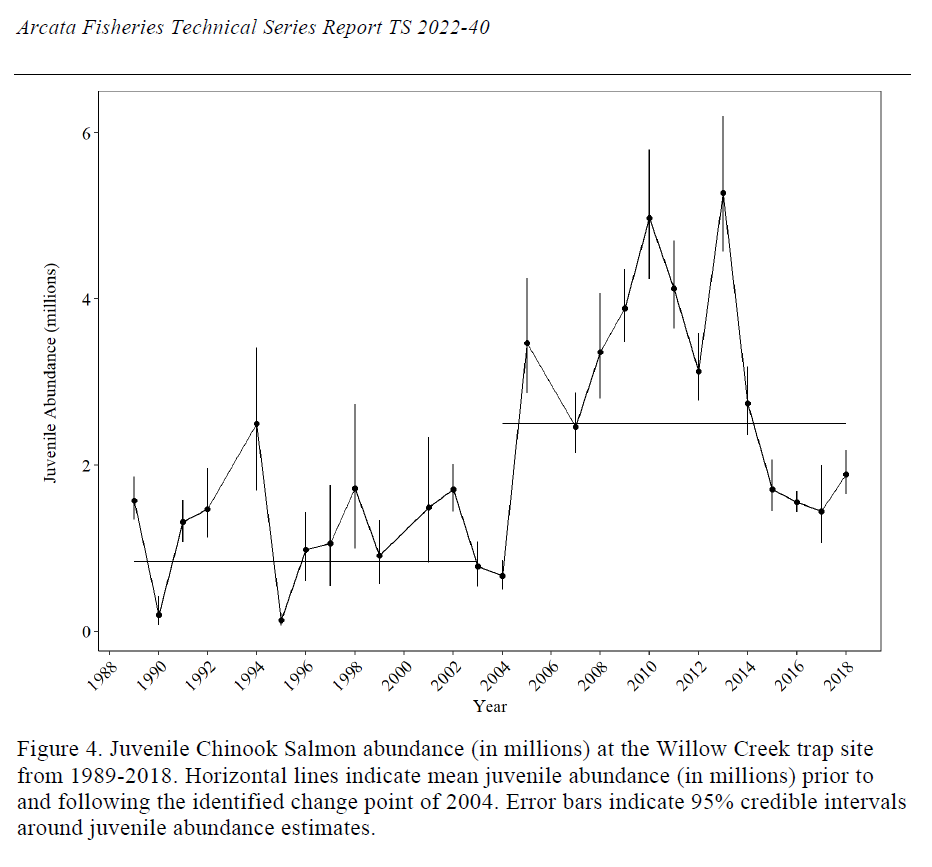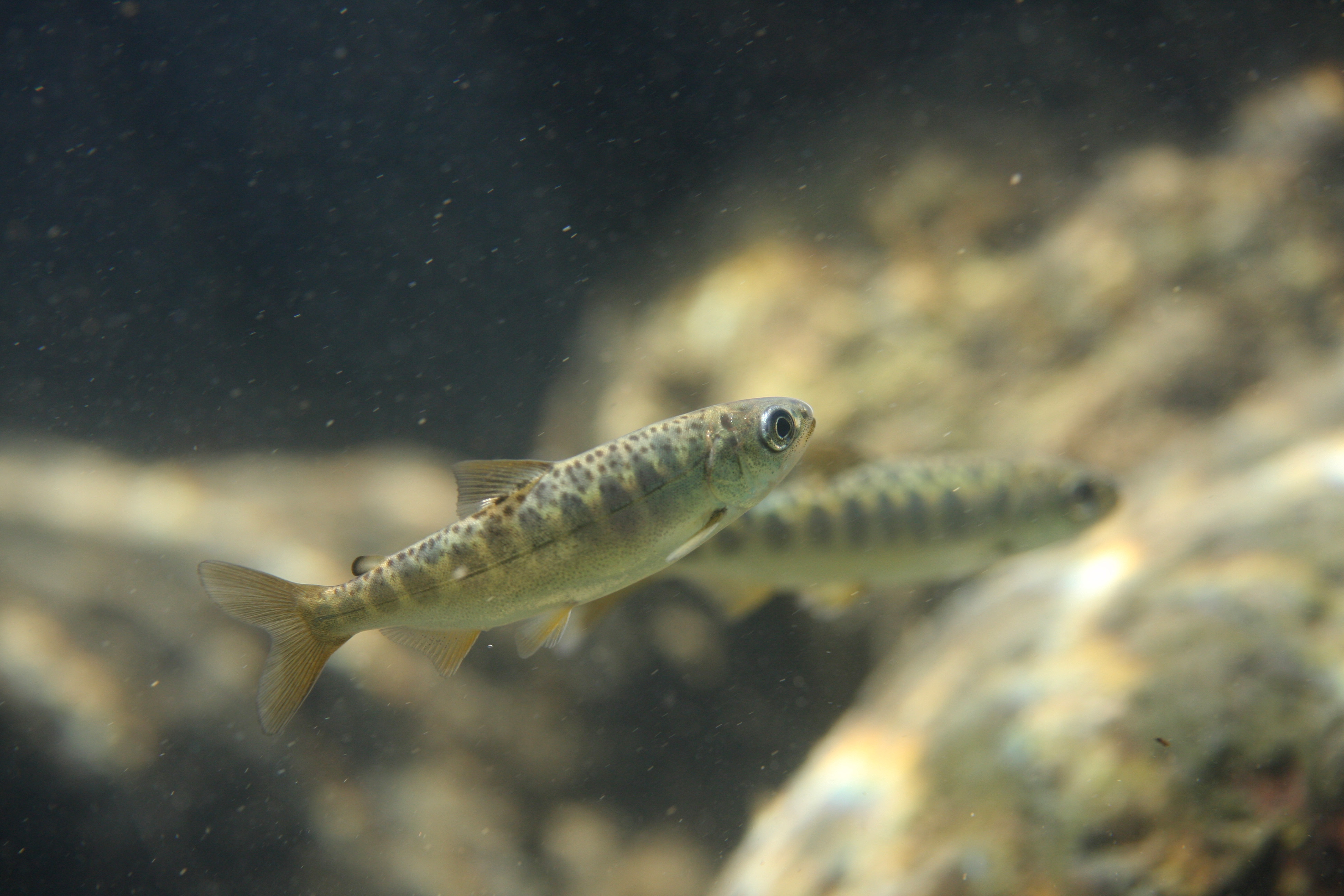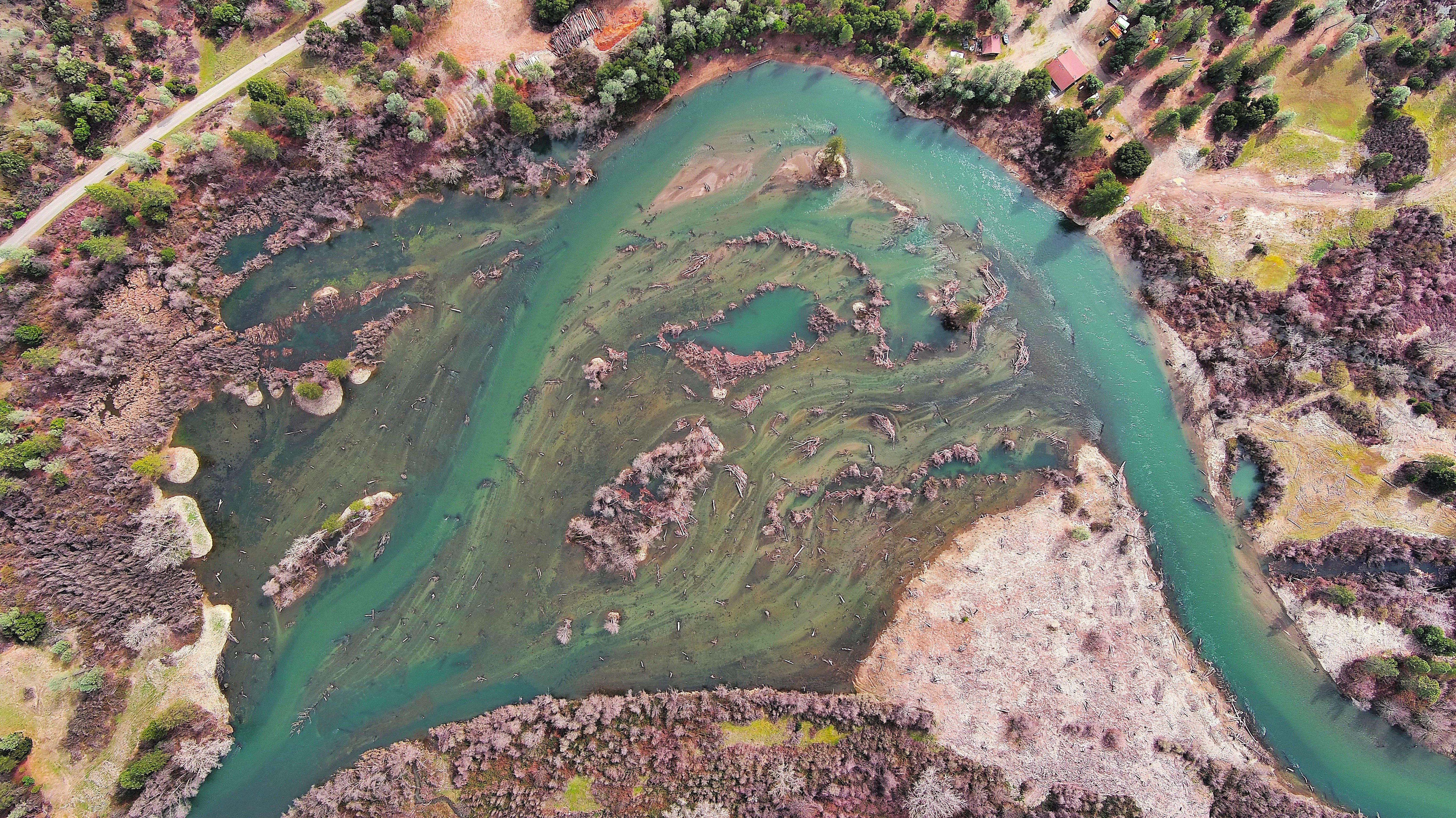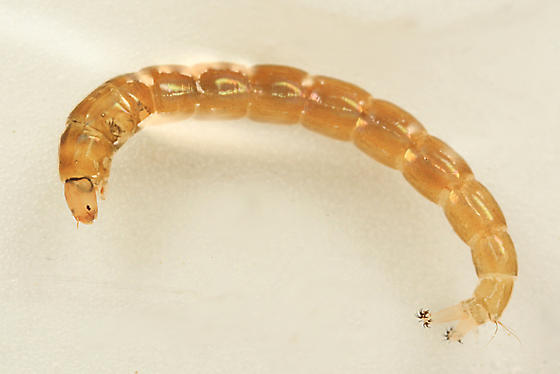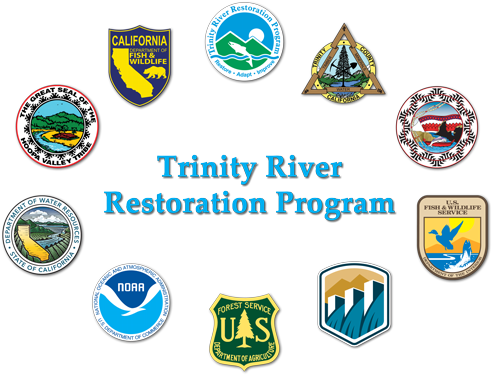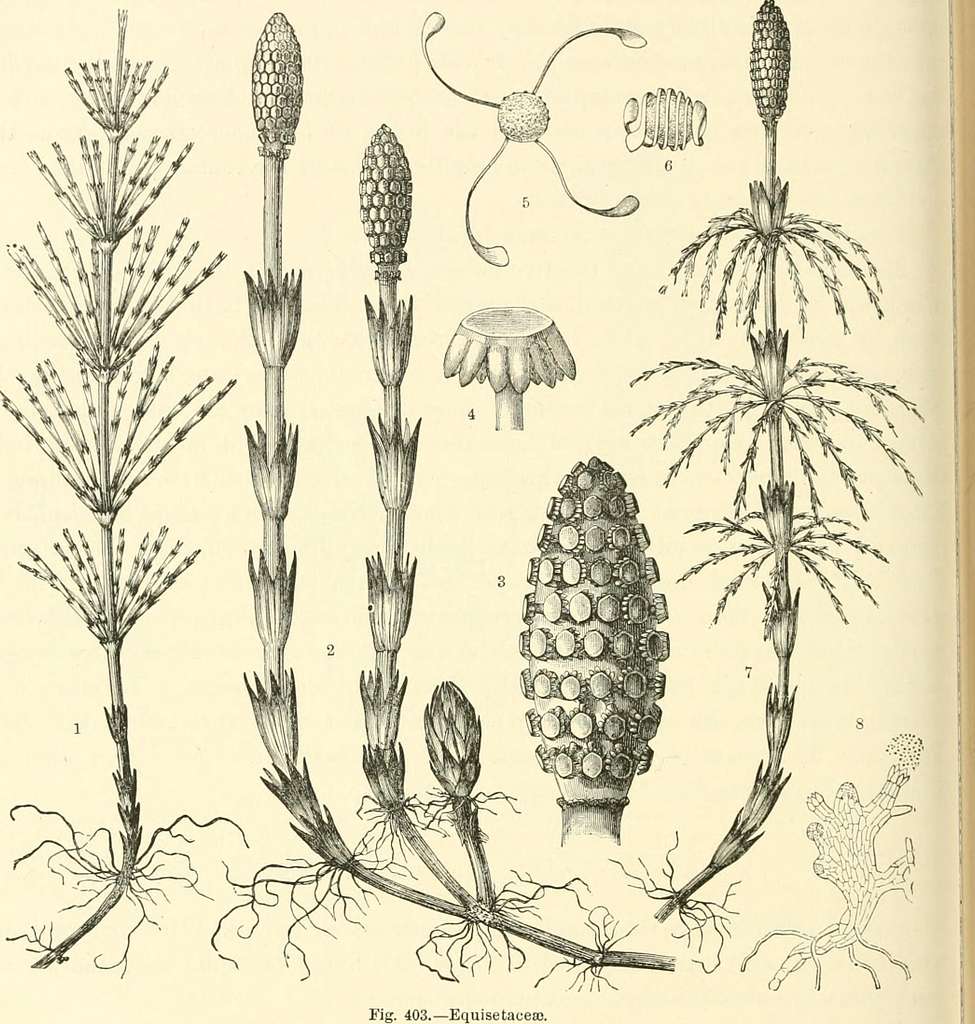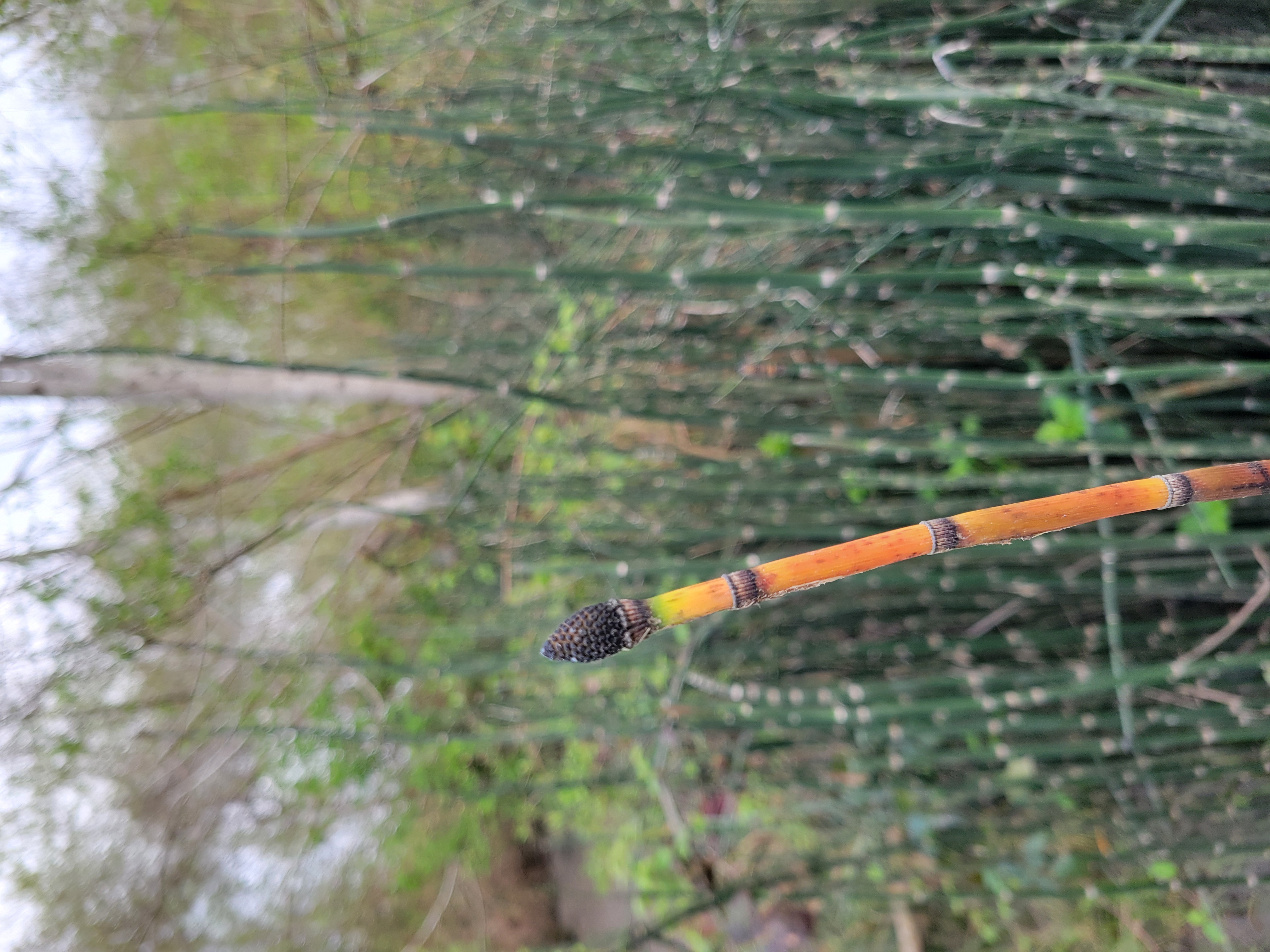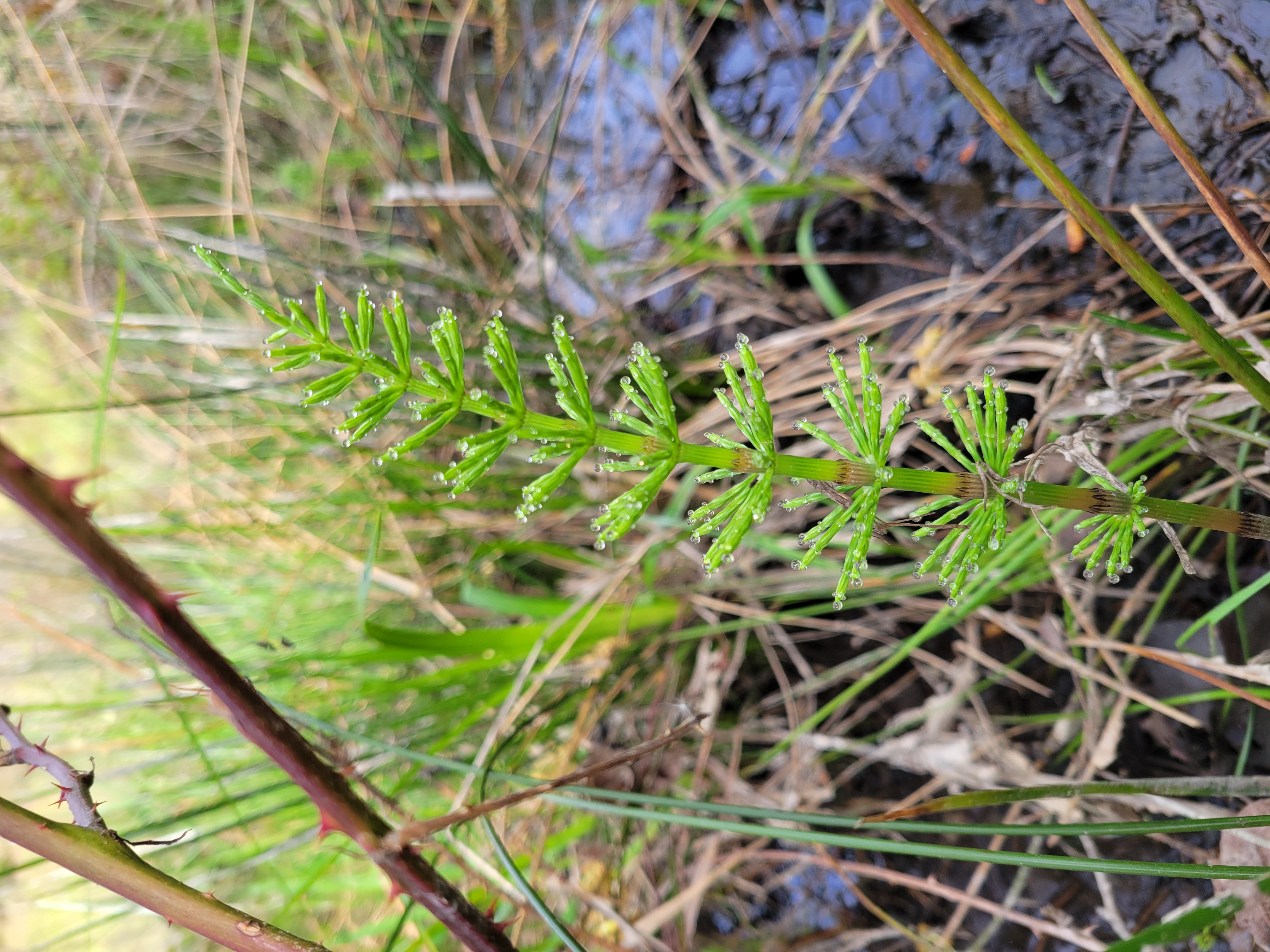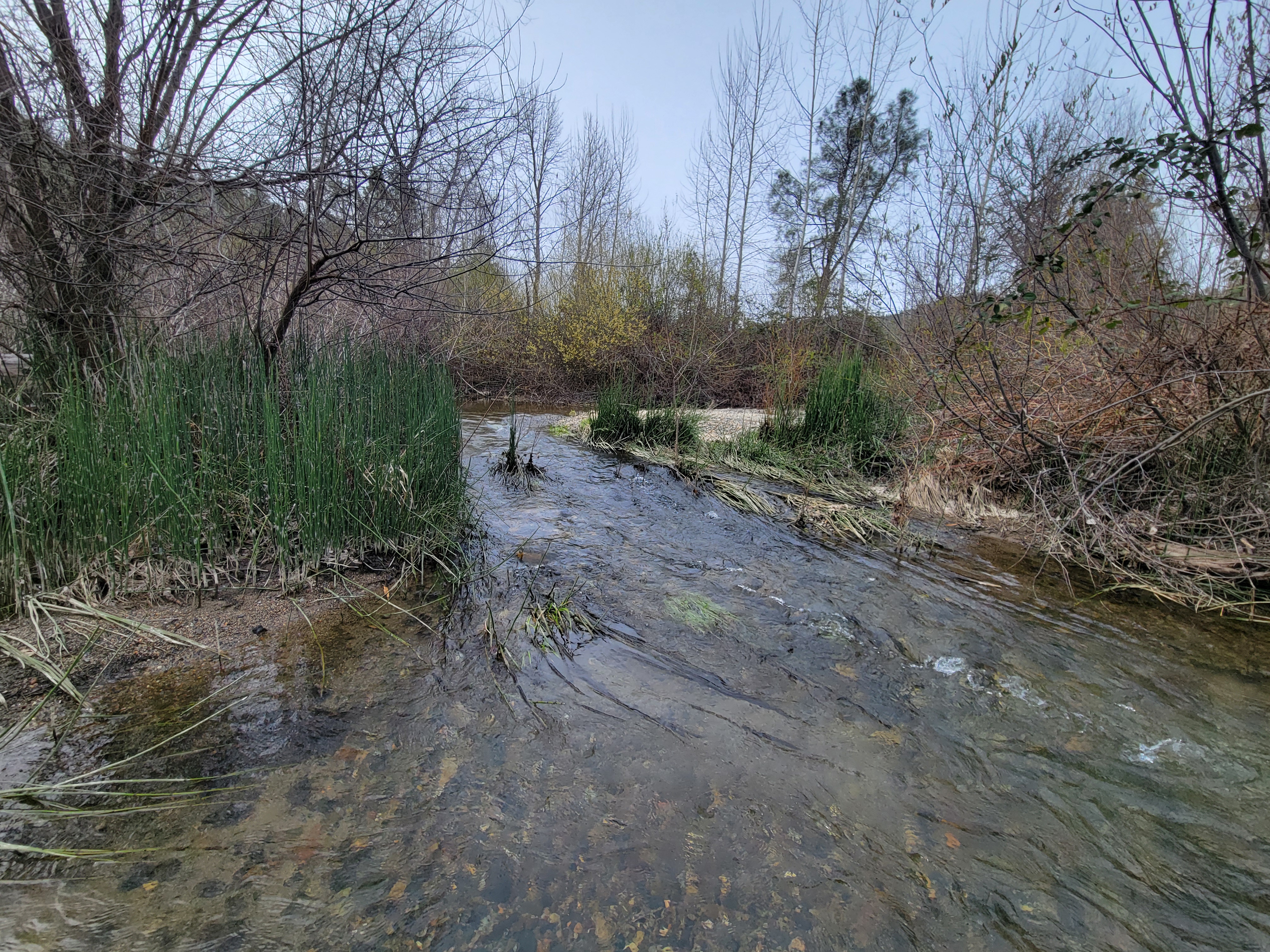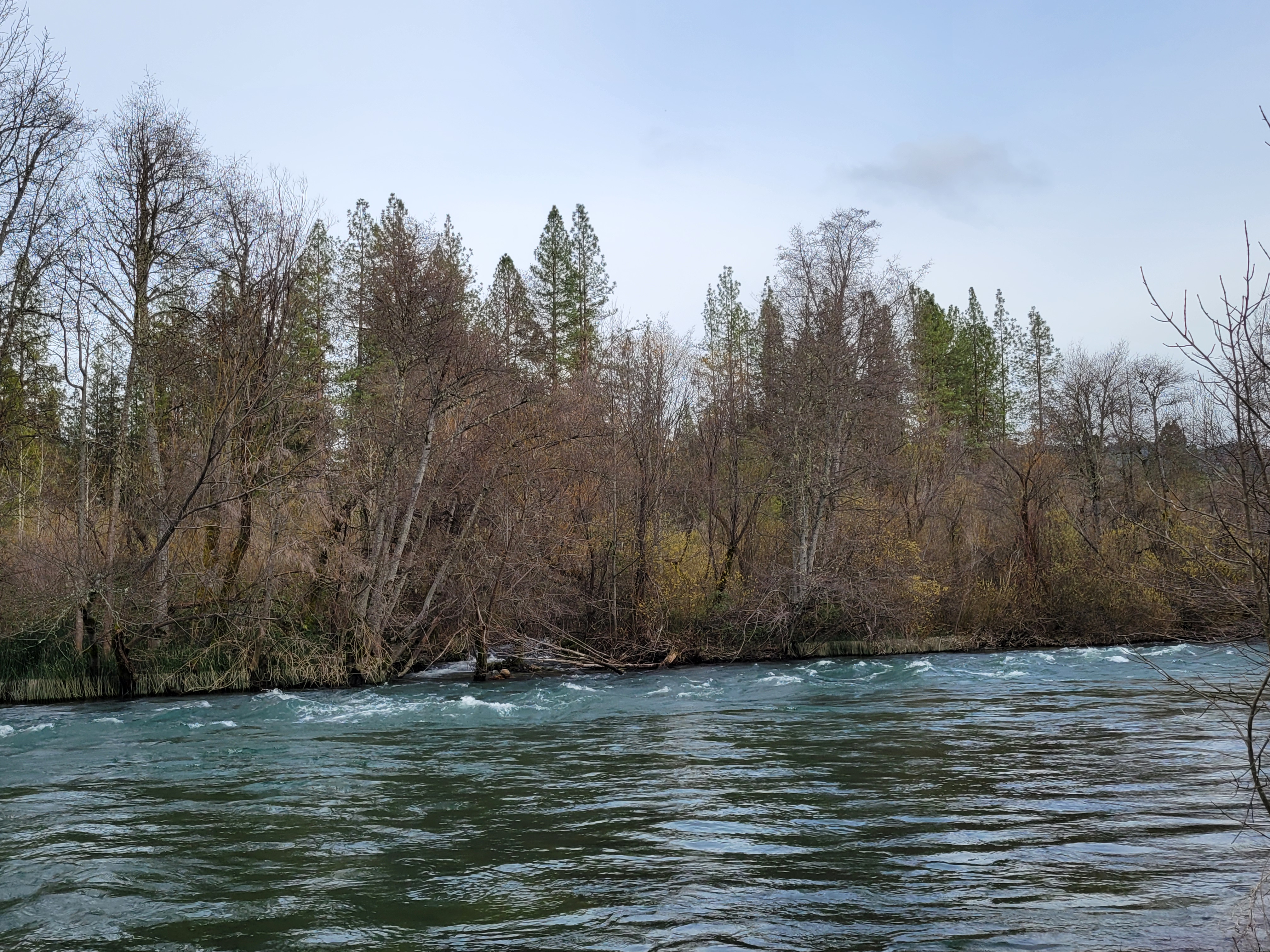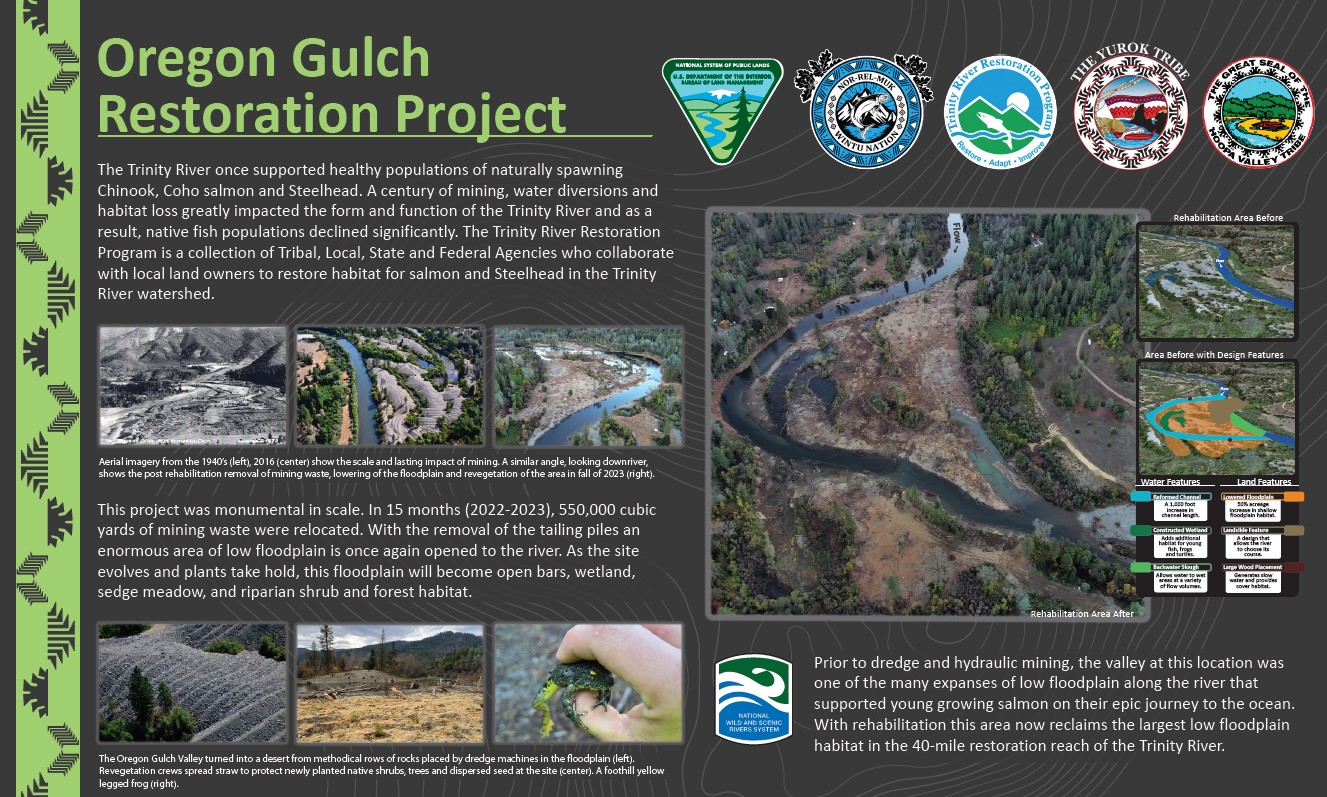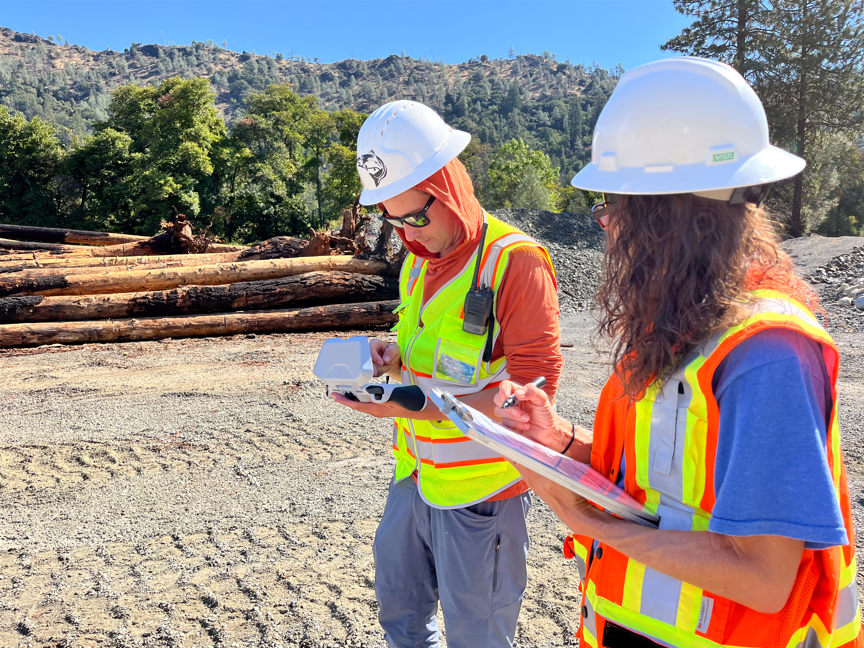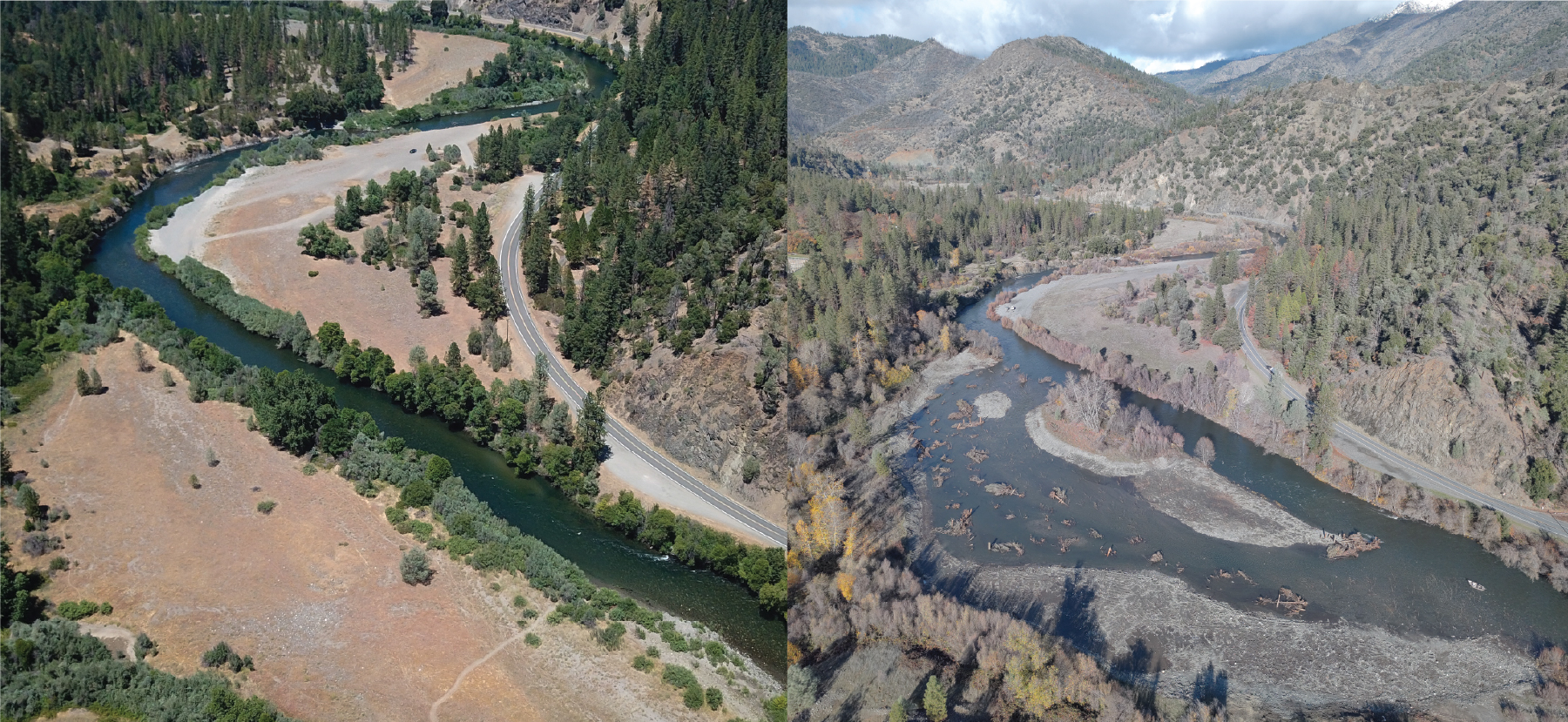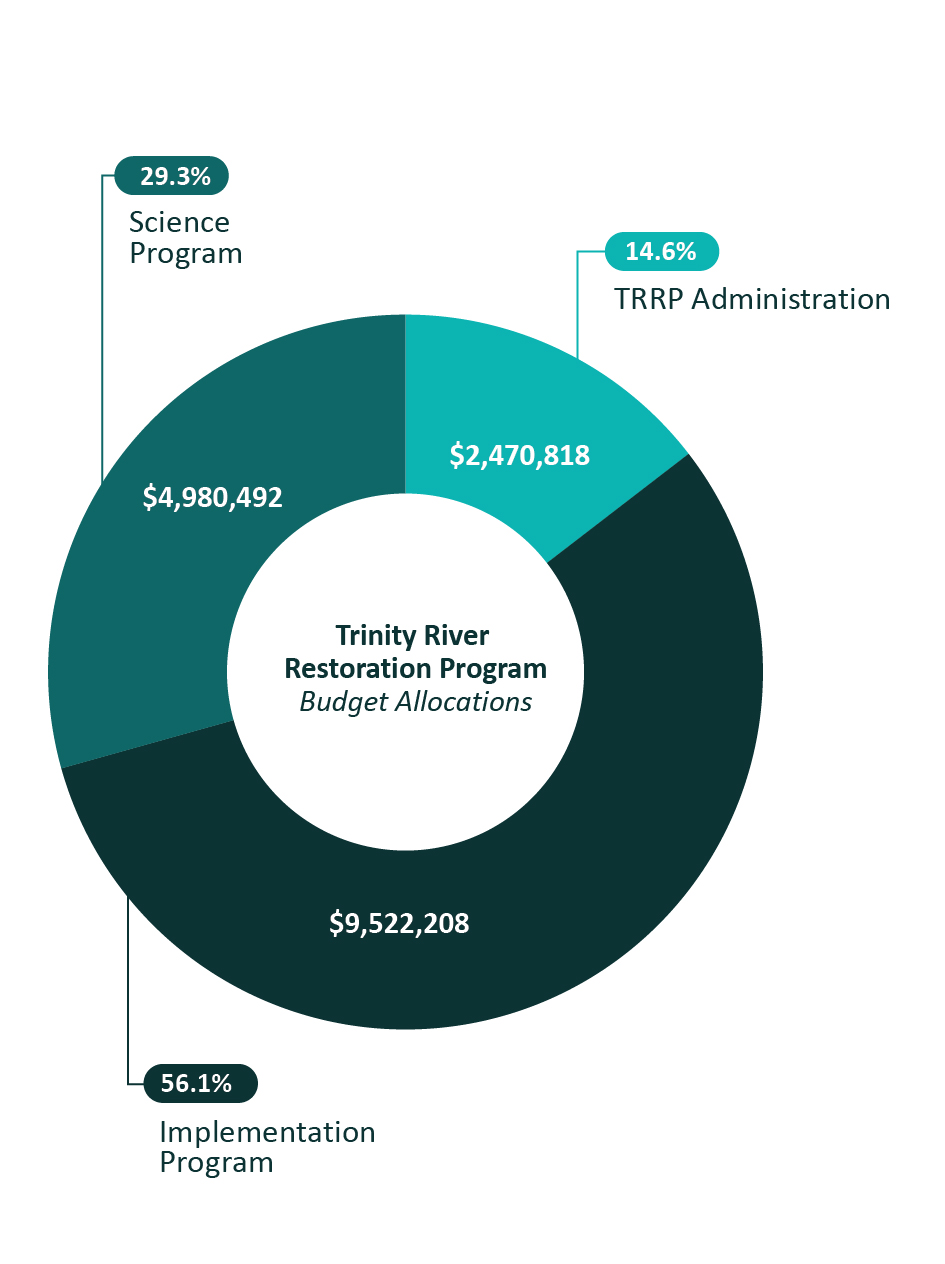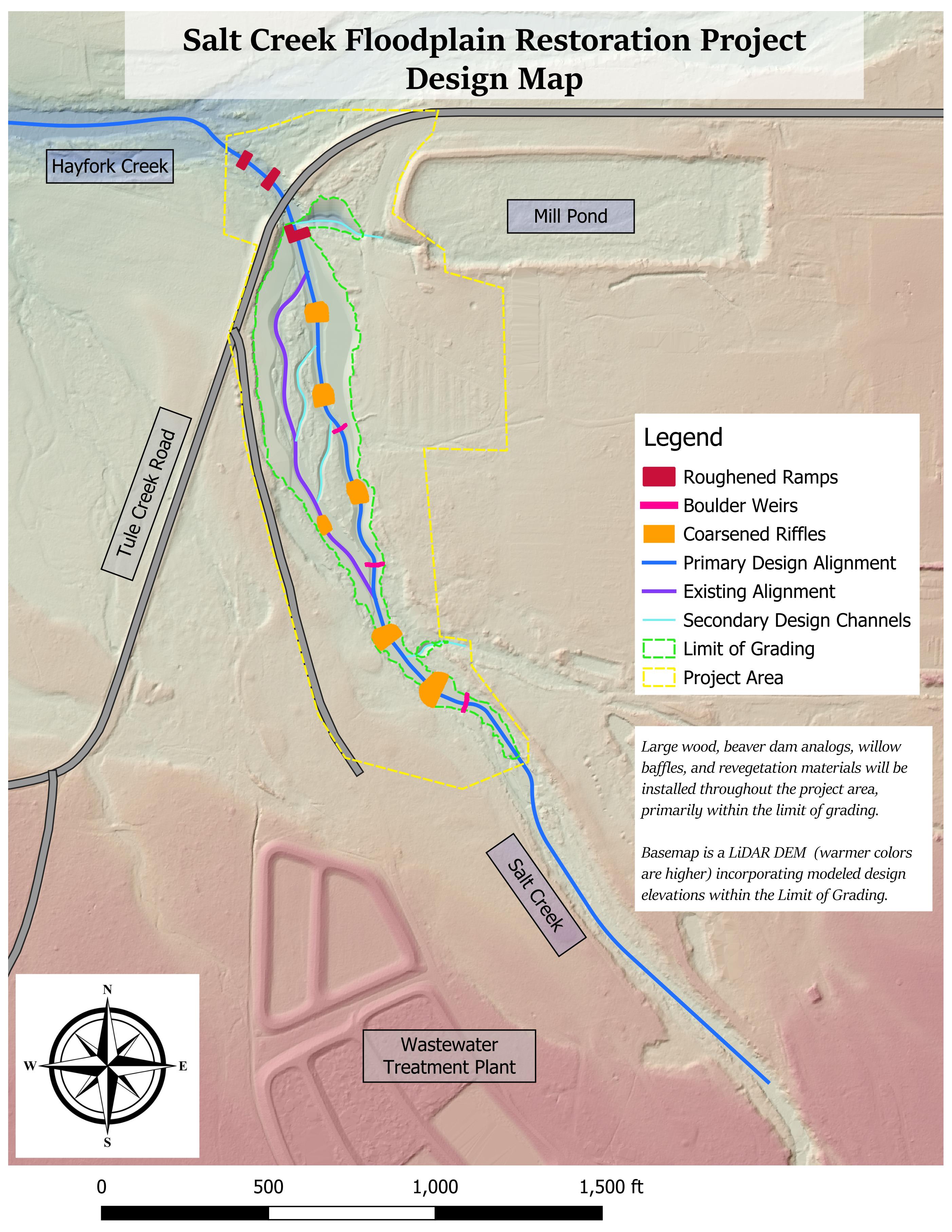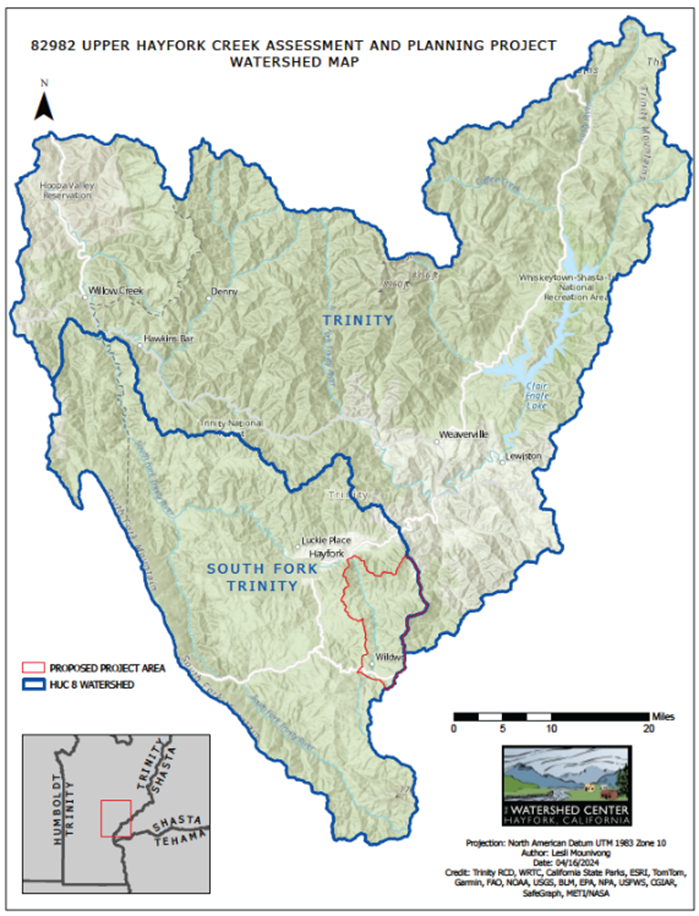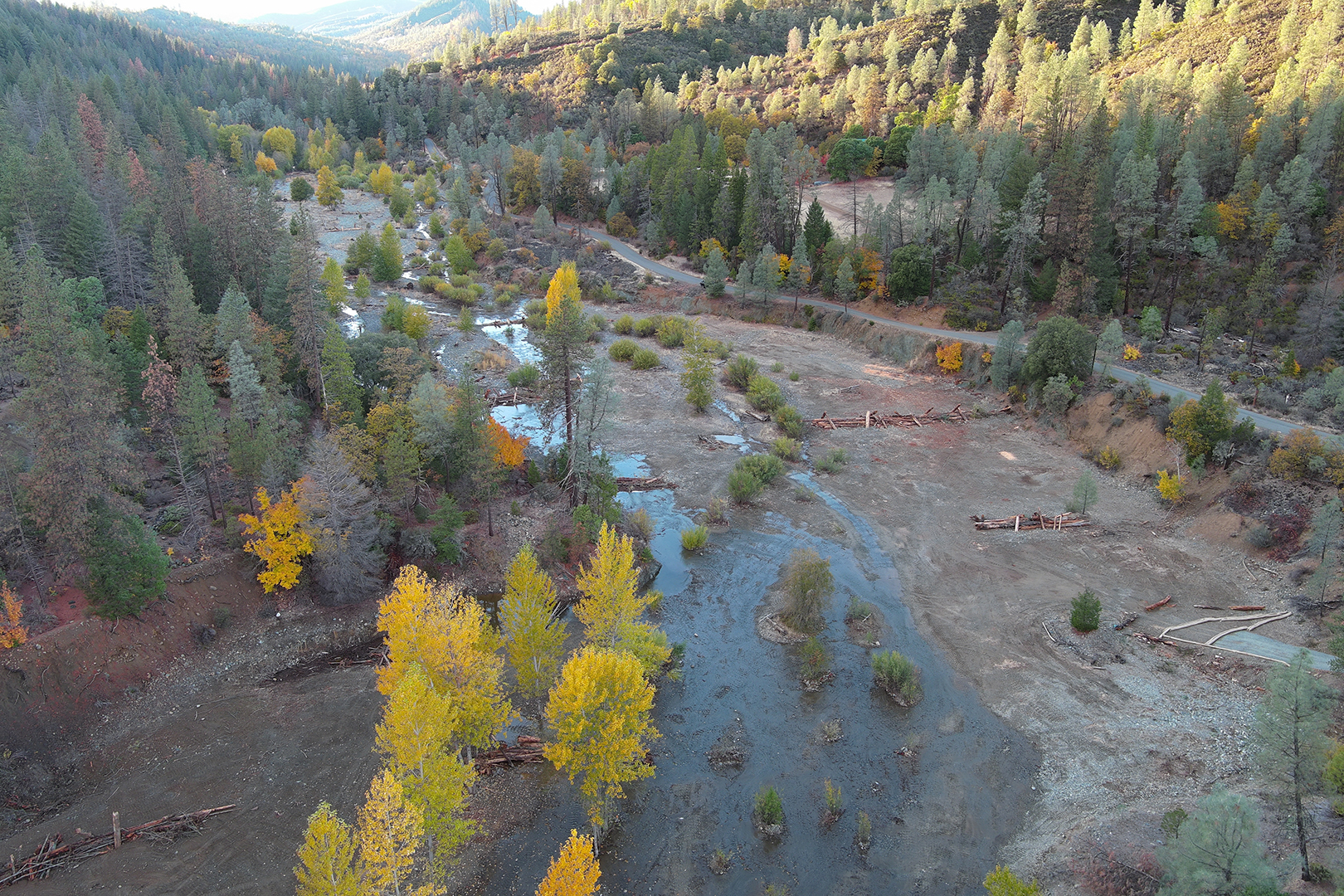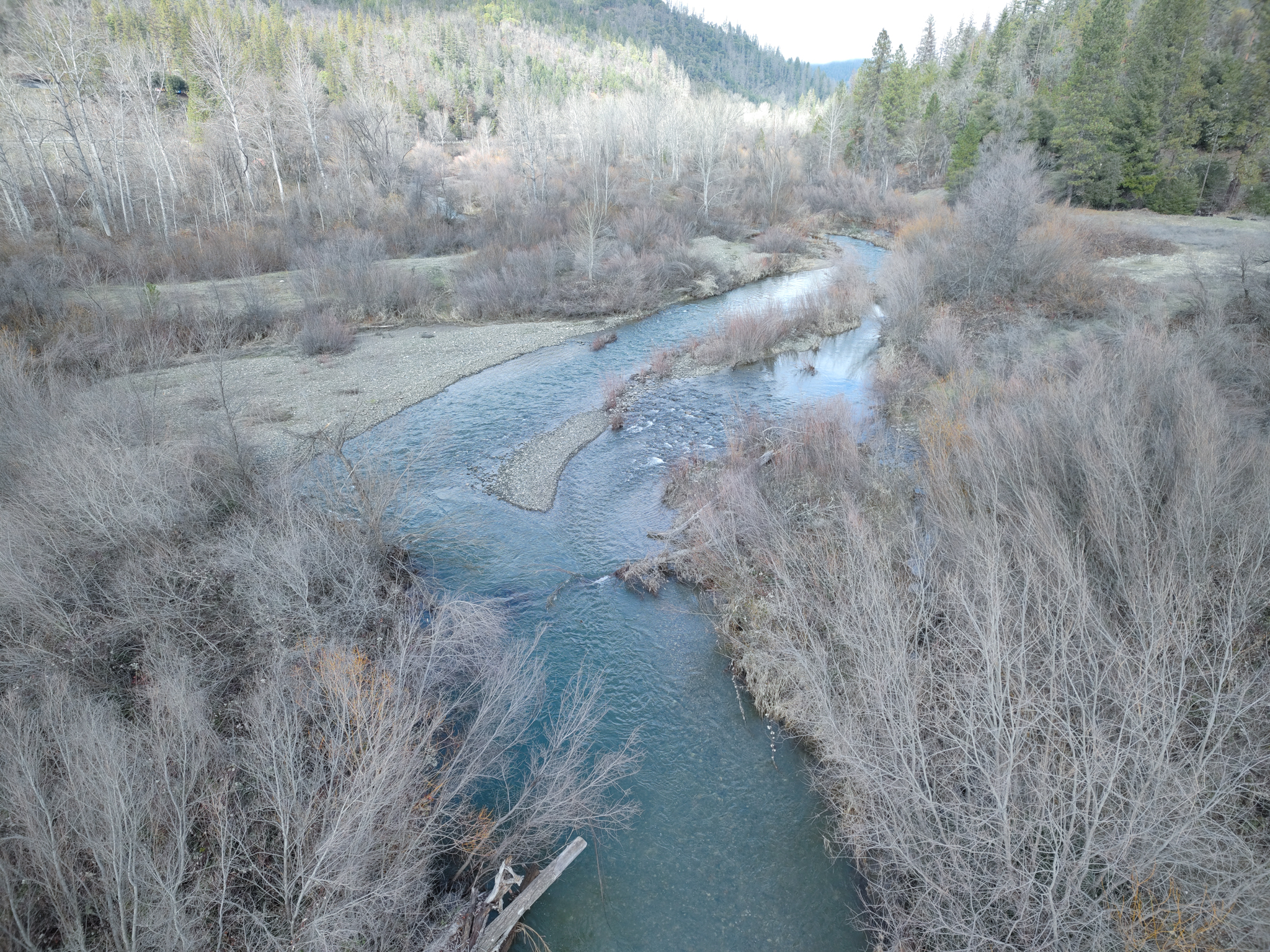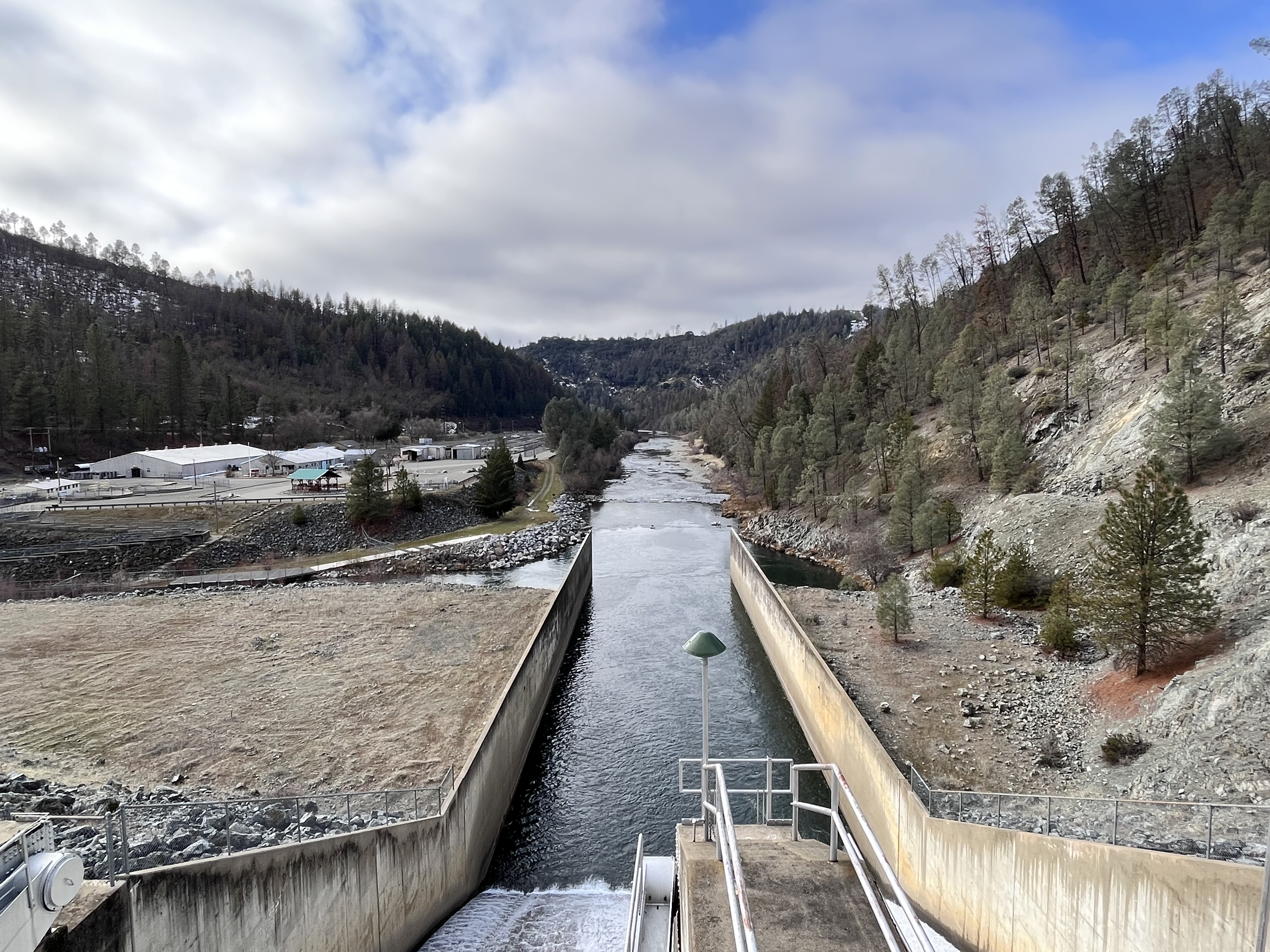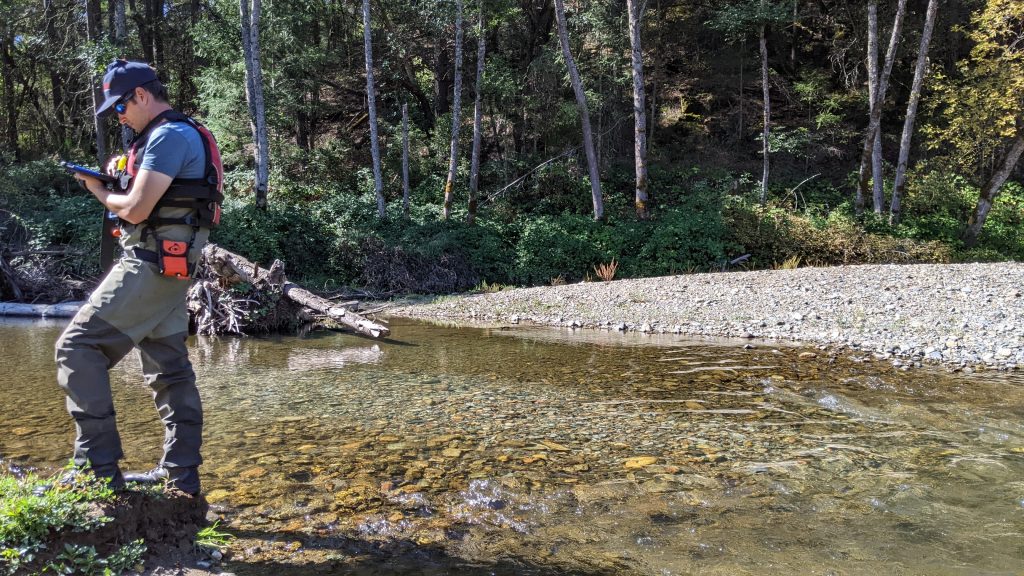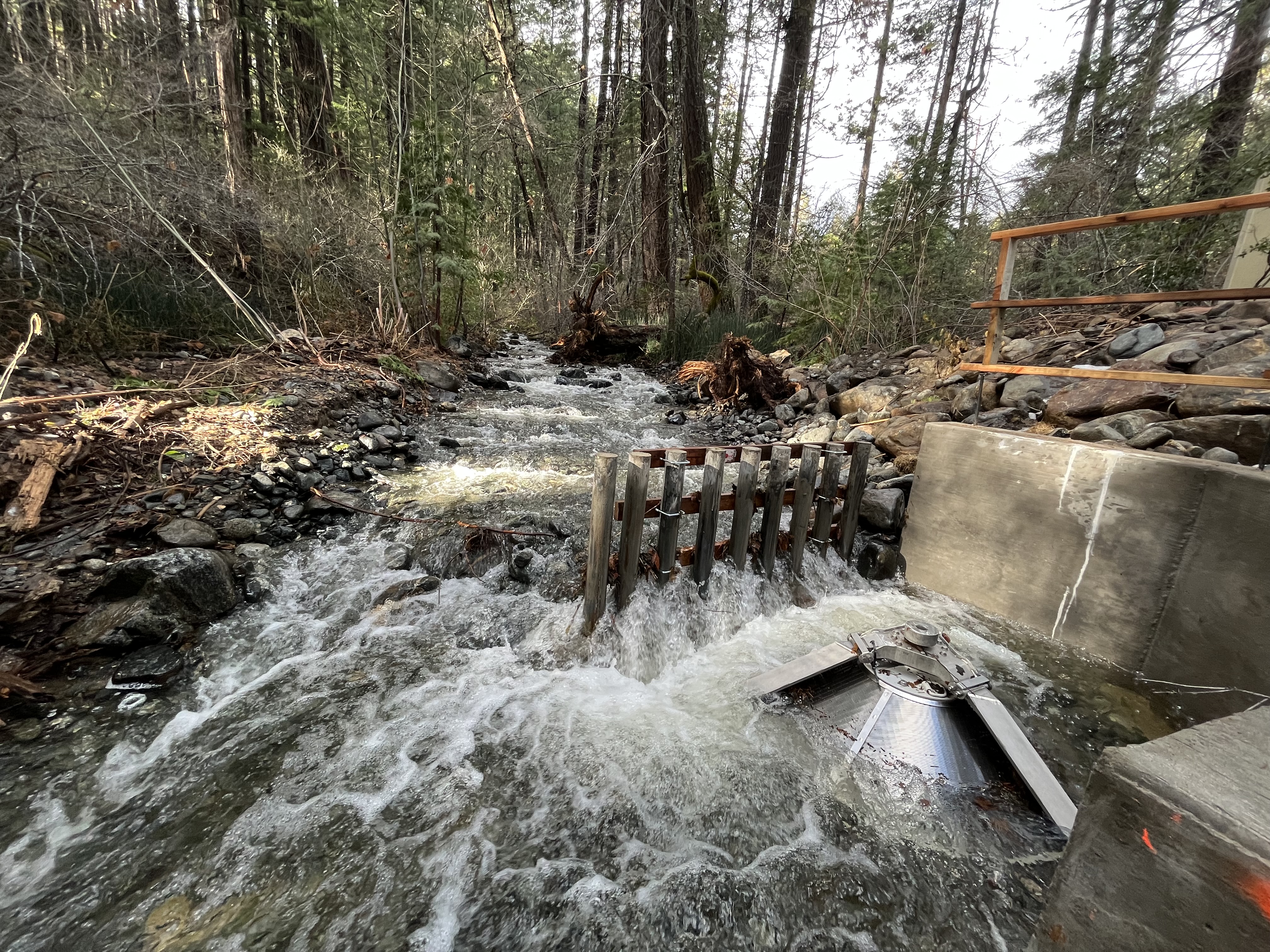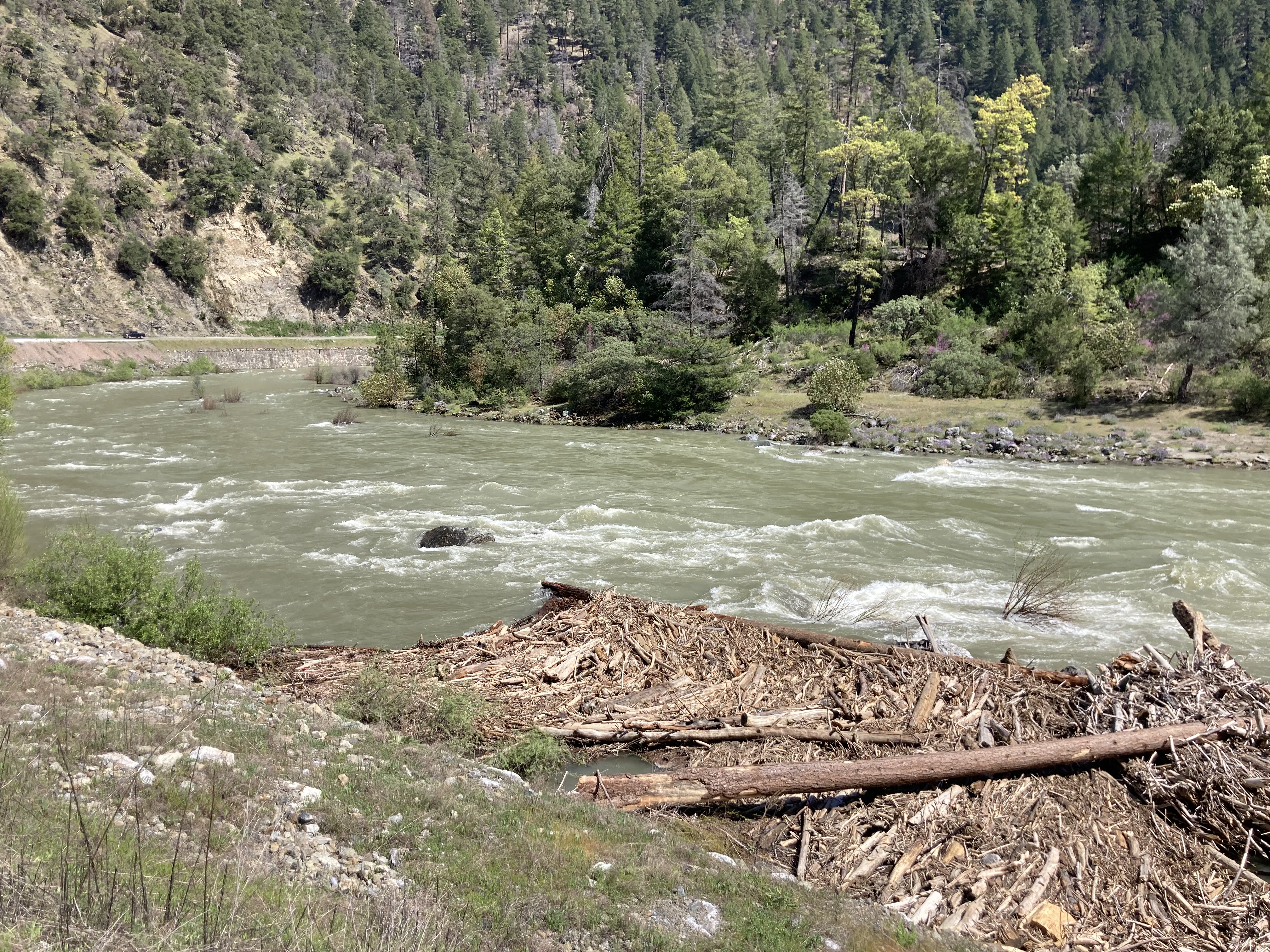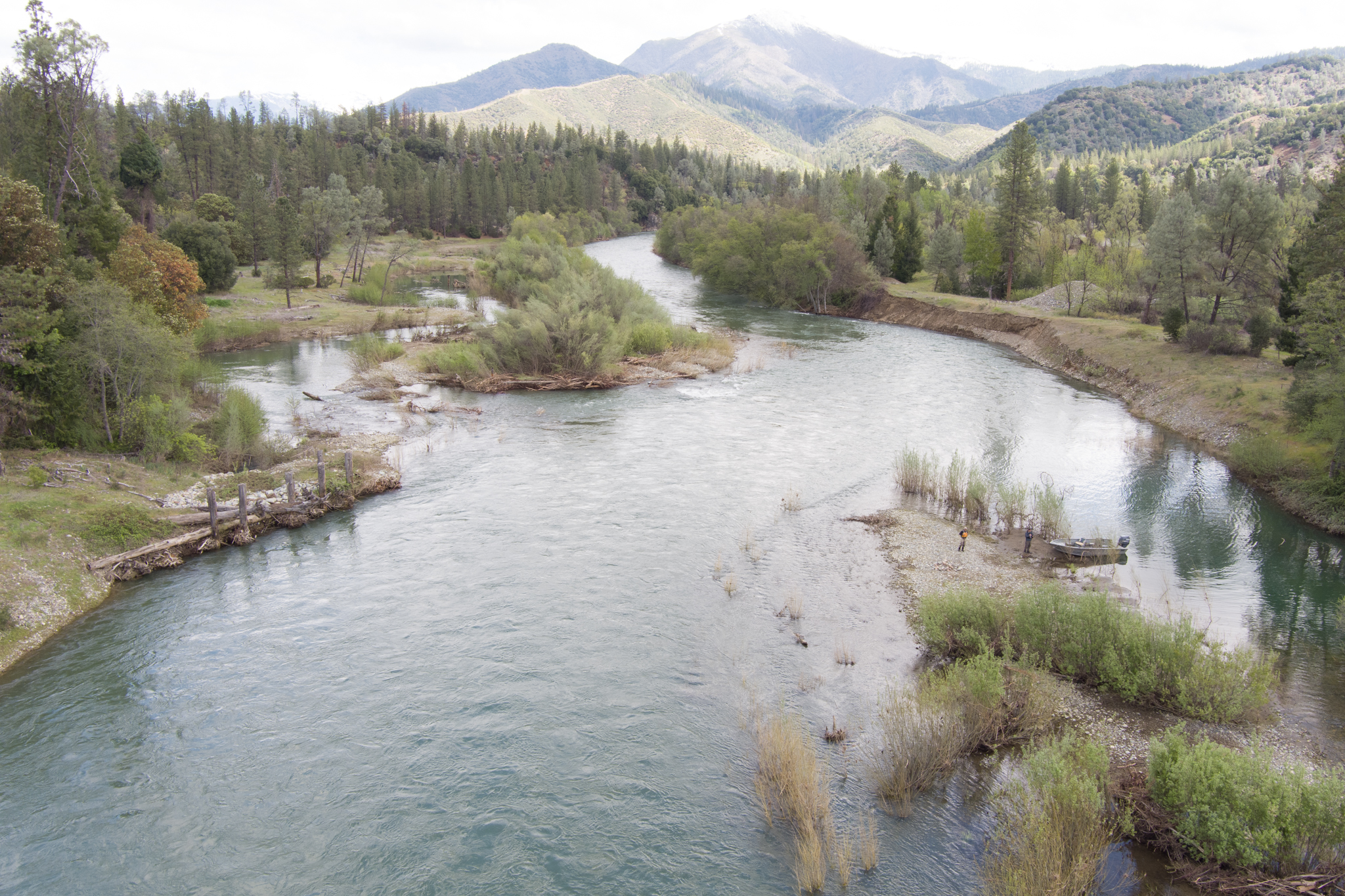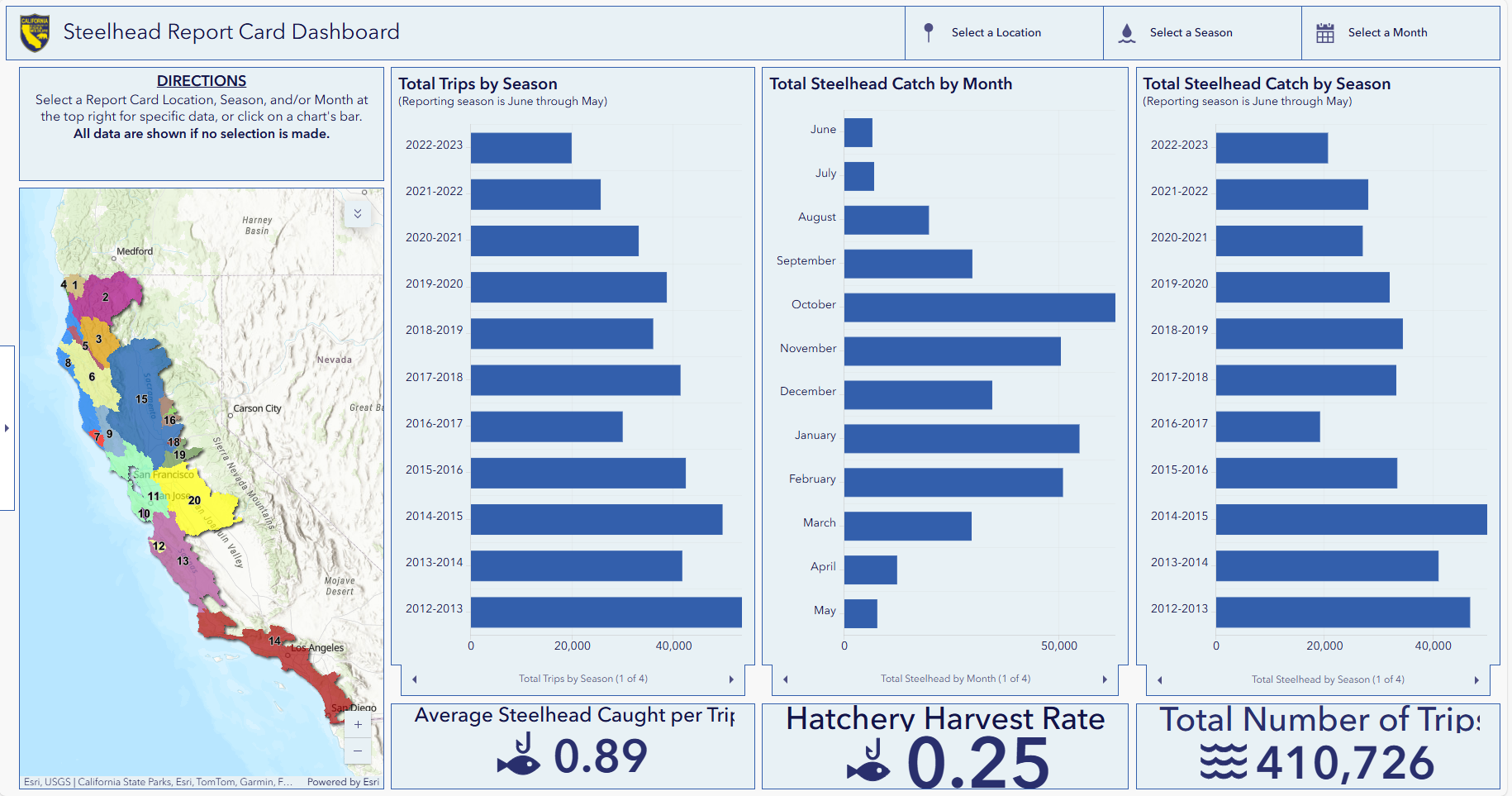Toxicodendron diversilobum and Rhus trilobata
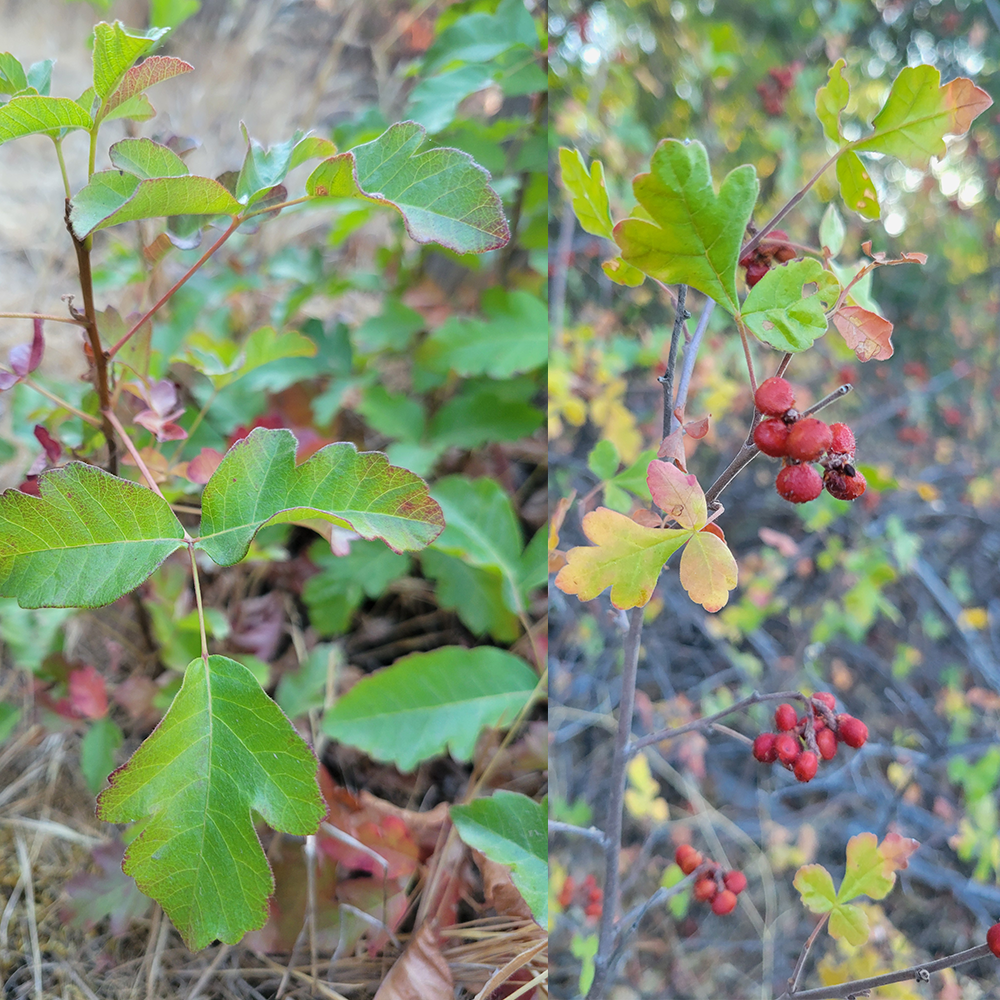
Editor’s note: The shrub with the common names which include skunk brush, basket bush, fragrant sumac, lemon sumac, and lemonade bush is known across North America as both Rhus trilobata and Rhus aromatica. The nomenclature in this document follows McBain and Trush (2005) and refers to the plant as Rhus trilobata.
Have you ever walked in the woods and tried to identify poison oak along the path? Some folks walk with extreme caution as soon as they step from pavement and defined trails, driven by fear of injurious rash caused by this plant. The most common way that I hear folks identify poison oak is through a common rhyme “leaves of three, let it be.” This is an easy phrase to remember, but there are some loopholes in this simple rhyme. There are several look-alike species that cause no harm, and are in fact quite tasty, and can be eaten. Let’s start with the commonly defined ID features used in the Jepson manual to distinguish the two genera.
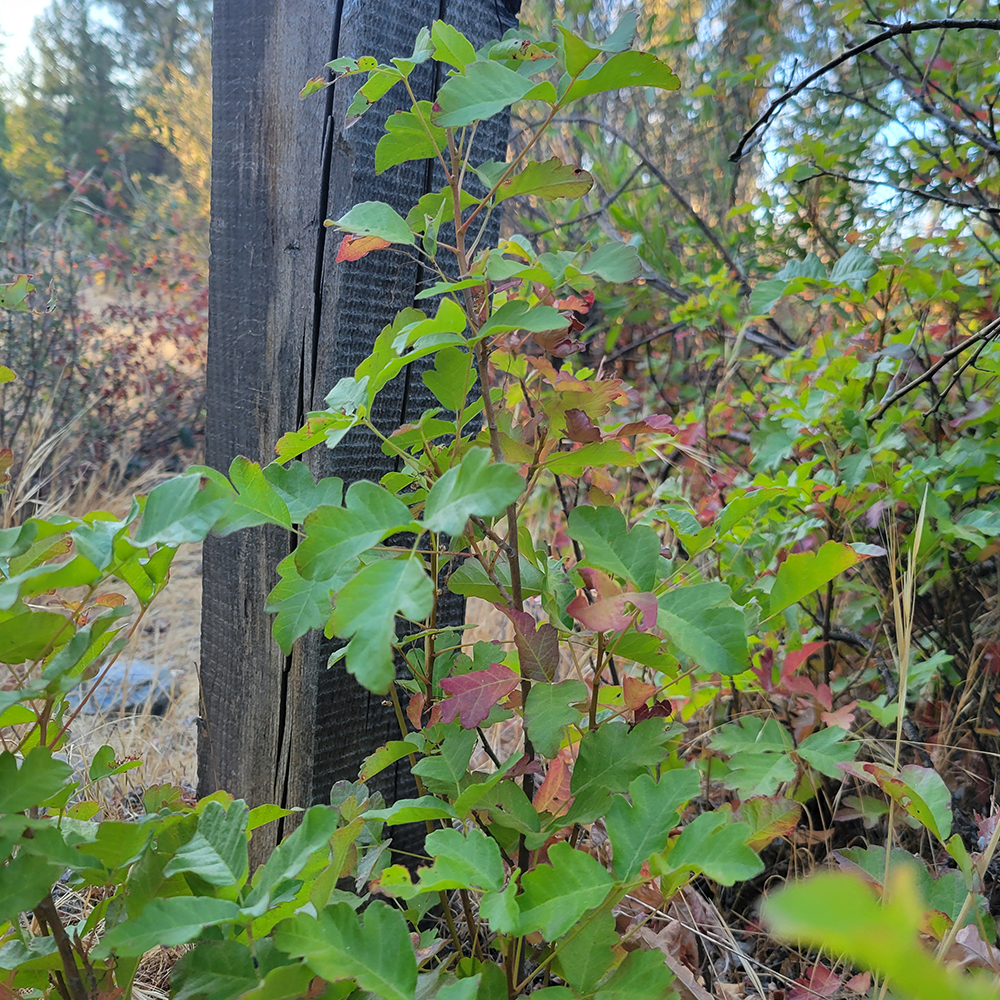
Poison Oak (Toxicodendron diversilobum) has axillary flowers which appear between the leaf axles with a pedicel, or stem at the base which causes the flowers and fruit to be spaced apart; leaflets adaxially shiny or oily-looking on the top; fruit creamy white or papery looking.
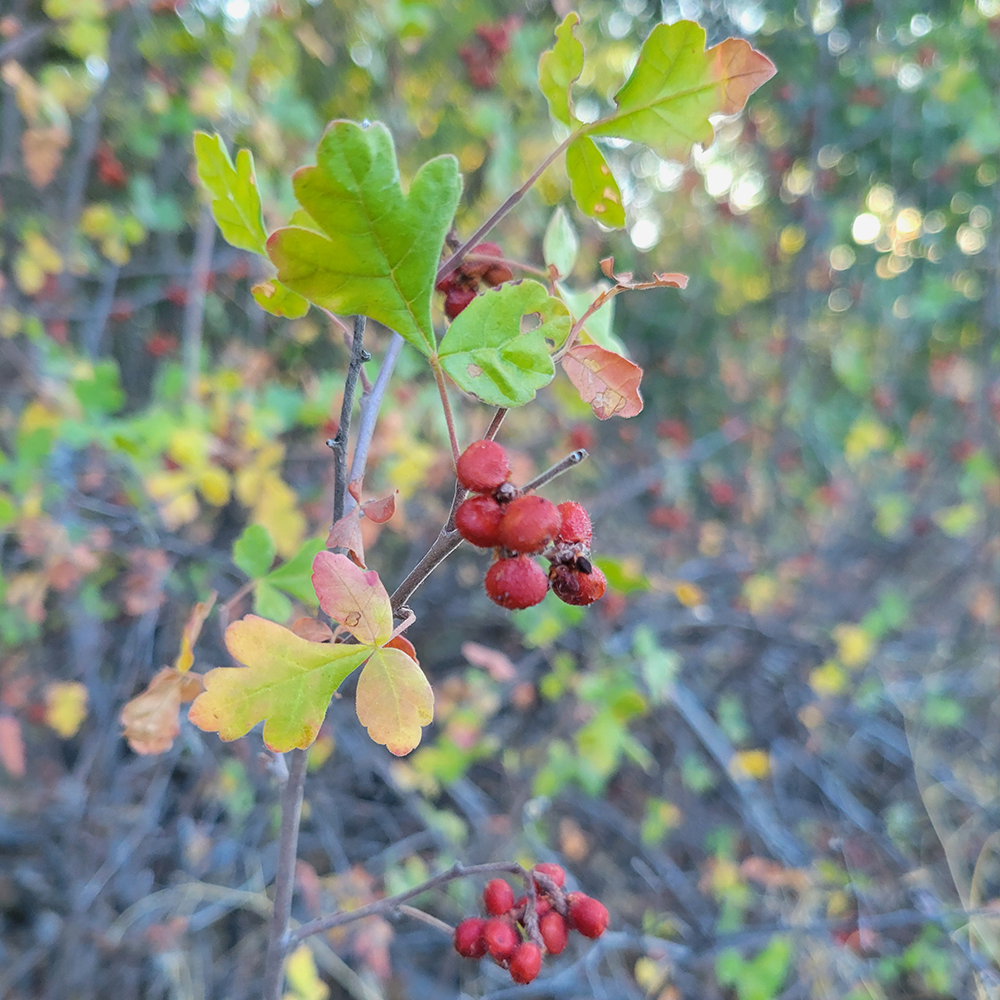
Skunk brush (Rhus trilobata) (also called basket bush, lemon sumac, fragrant sumac, and lemonade bush) flowers appear on the ends of the branches, also called “terminal”; flowers are often nearly sessile or appear tightly packed; leaflets dull, not very shiny; fruit red and often sticky. There’s an interesting additional flower mannerism in skunk brush – the flowers often are only male or only female on individual plants, but sometimes bisexual flowers can also be found on plants, this term is called polygamodioecious. This is why a whole area will have no fruit, and then a patch of plants might be loaded full of fruit.
Speaking of its red fruit, skunk brush’s other common names, lemonade bush and lemon sumac, refer to the berries. They have a sour, lemony flavor to them. It is said that early pioneers steeped the berries in water, and then added sugar to make lemonade. The berries are also eaten directly and are considered an important food source by some Native American tribes. Many wild animals consume the berries of both poison oak and skunk brush, particularly birds and small mammals, although they are not a preferred food source. Their tendency to stick to the stems through the winter makes them good emergency food for animals when other foods are scarce.
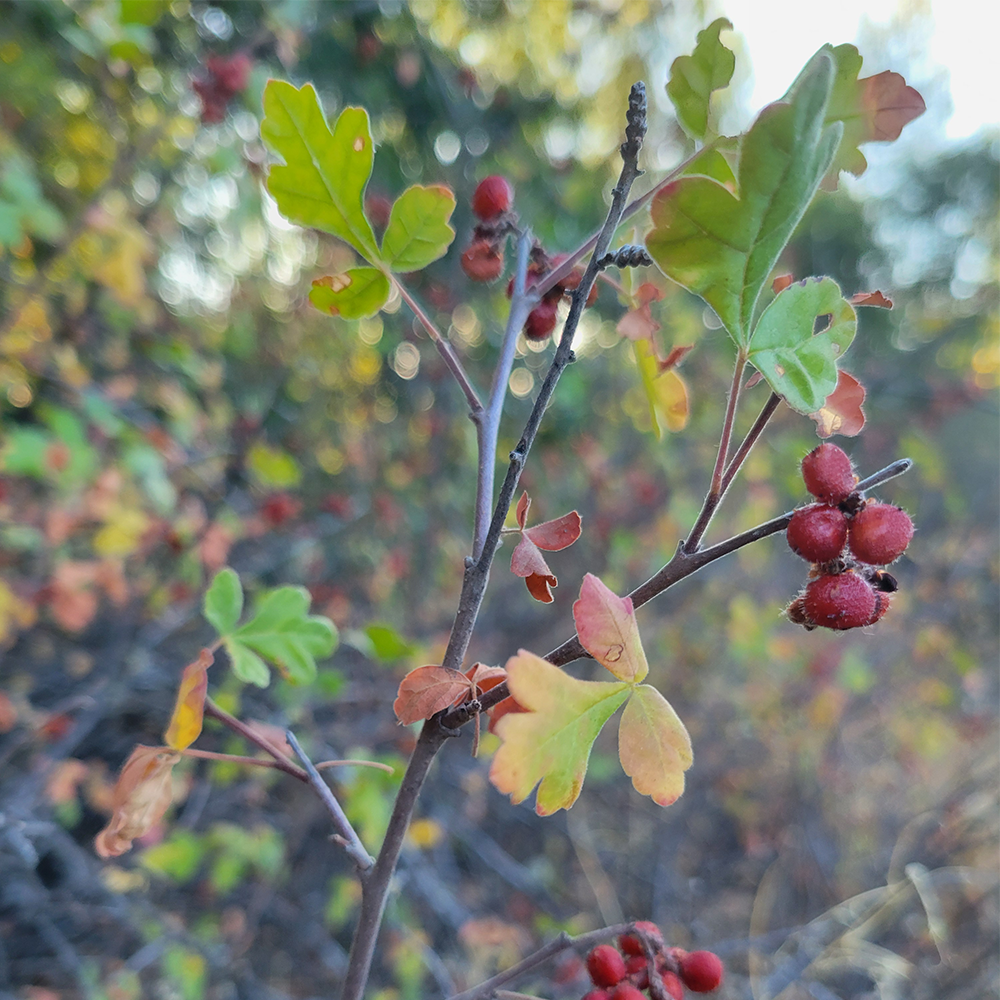
Expanding beyond the features that the Jepson uses for ID there can be a lot more subtlety of distinguishing observations between the two species. The more that you look at these two, the more you will learn to differentiate between them in your own way! Here are a few more features that I have noticed over the years.
Leaves

Remember “leaves of three, let them be”? Well the more accurate saying should be, “leaflets of three, let them be” because according to plant anatomists, the three “leaves” on a poison oak plant are actually a single leaf, divided into three leaflets. Poison oak appears to have a stem on the terminal leaflet which separates it from the basal lobes. The leaves often have 3-dimensionality to them, either with ruffled edges, or a central crease along the midrib of the leaf, with venation standing out as slightly white when viewed from above. Any leaf features on poison oak can be highly variable and thus expect it to surprise you at times. As field botanists often joke that poison oak will often take on the look of nearby plants.

Skunk brush tends to have the front leaflet be a little larger and the back appear slightly reduced in size. These leaves do not have a stem attaching the leaflets together. The leaves tend to be extraordinarily flat or could be described as “2D.” Often times the venation is only distinctly visible from the abaxial or underside of the leaf. Sometimes there is a little trench-like crease from the topside but the veins don’t stand out looking down on it.
The last feature that is helpful for differentiating these two species, is the color and mannerisms of the stems of each plant, even when dormant. Poison oak tends to have yellowish stems, often times with hibernating buds that look like little pink primordial hands. Poison oak is also known for making little adventitious roots on the branches which helps it climb trees and spread aggressively over the ground. It isn’t unusual to see poison oak growing as either a shrub or a vine (but it’s not the same as ‘poison ivy’, which is not found in California.

Skunk brush has branches that look ashy grey or pinkish purple and in early spring they tend to be layered in a tender fuzz that is reminiscent of the velvet covering a young deer’s antlers. Also, the smell of skunk brush is distinctly pleasant, both when cut and when burned. One might imagine these sticks being used for incense, or something similar.
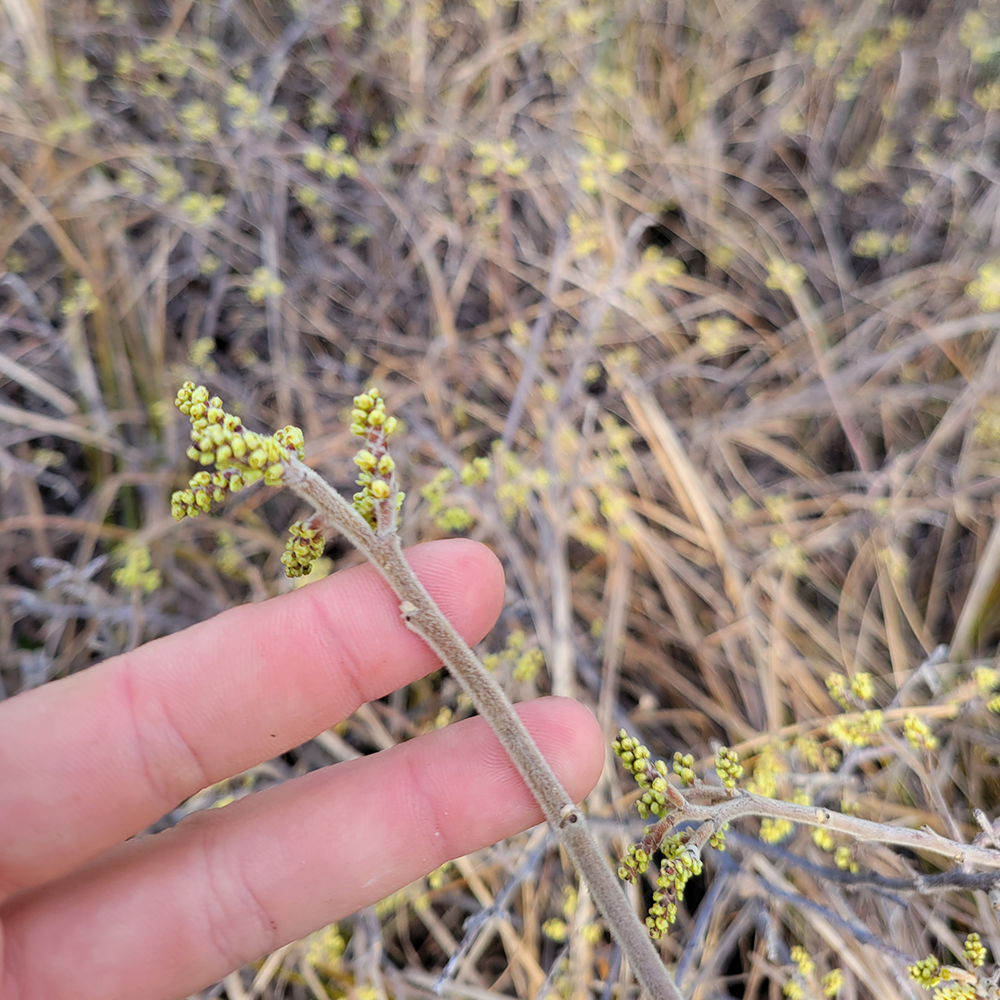
Both species tend to come out of winter dormancy around the same time. However the first features to awaken in poison oak are its new shiny leaves, whereas the first feature to appear for skunk brush, are the flowers. Often times the timing of this awakening from dormancy is highly variable year to year and can track the warmth changing around the landscape in a very intimate way.
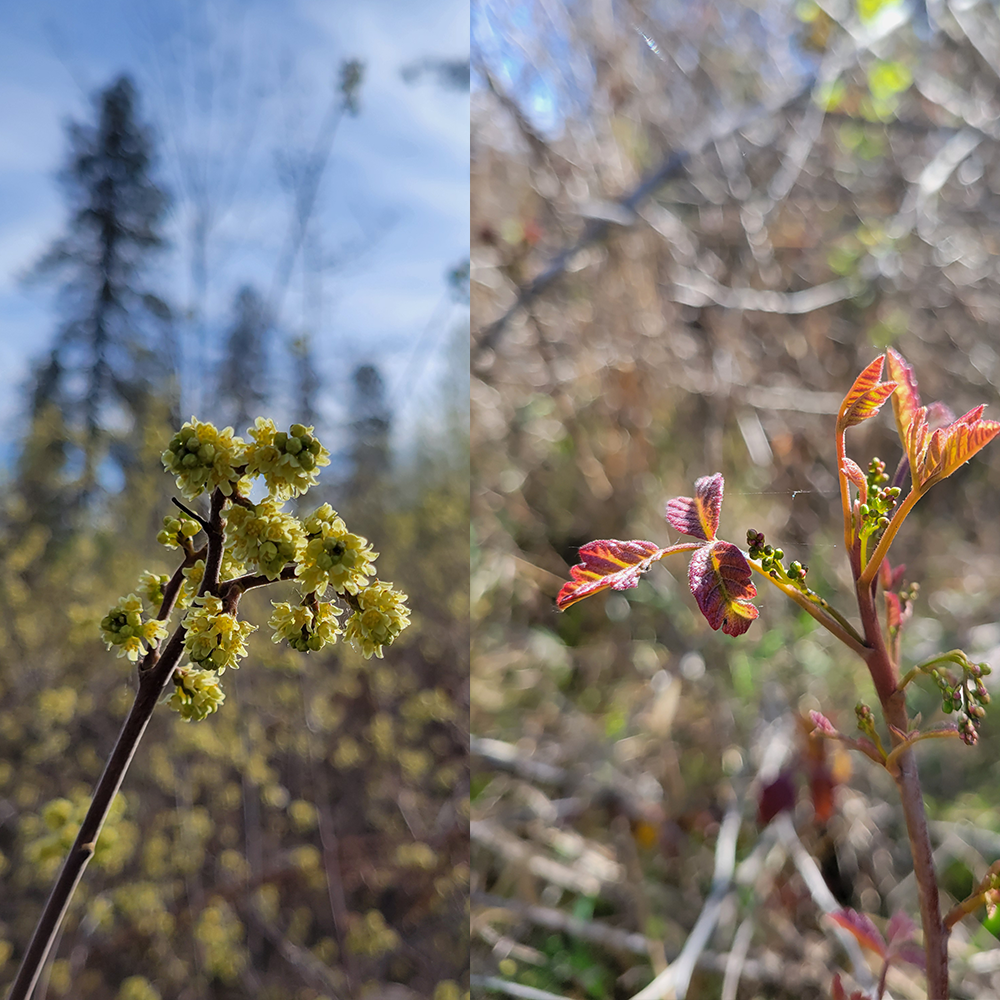
Initially, botanists placed both poison oak and skunk brush in the same genus- Rhus. This name is Greek for ‘rhous’ which means flow, or stream. Some have thought that this might refer to the sticky sap that is excreted when cut, but others have rejected this claim. The reclassification of poison oak to its own genus “Toxicodendron” occurred in the early 20th century as the genus was given definition and separated out those representatives within Rhus that caused skin irritation. Toxicodendron means “poison – tree” in Greek which was also a contentious definition because technically the plant is not poisonous, but is an irritant, and in fact has many medicinal and beneficial properties. In Hupa language the word for poison oak is k’e:k’ilye:ch’. In Yurok the word for poison oak is me’yk’welep’. The Karuk word for poison oak is kusvêep.
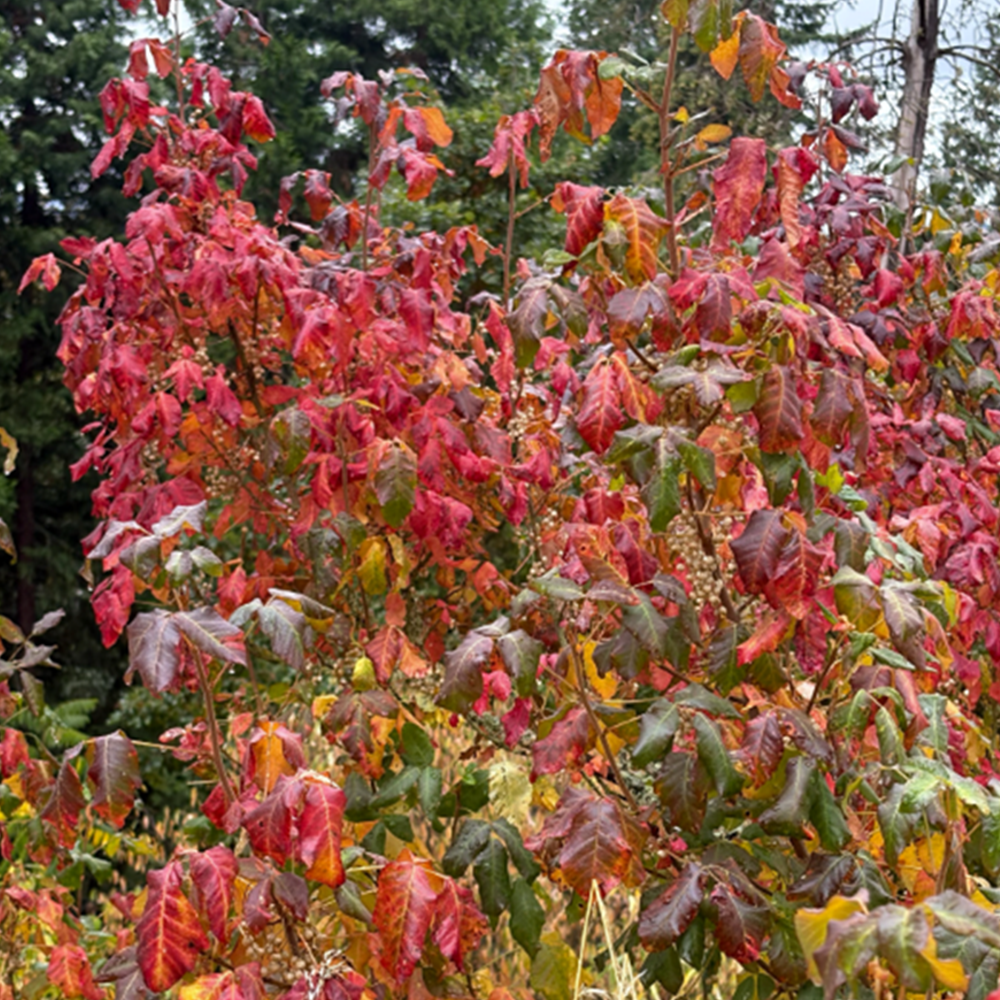
Urushiol is the chemical present in the Toxicodendron genus that is renowned for irritating the skin. This oil is described as similar to machine oil in its difficulty to remove. Some recommendations suggest removing it using a sudsy soap and an abrasive scrubbing surface under cold water. Also, some home remedies recommend rubbing clay or dirt on fresh oils as it can absorb the oils and reduce the interactions with your skin cells. According to the National Library of Medicine, the reaction caused by urushiol is a Type IV Hypersensitivity reaction which is often stimulated in 48-72 hours after exposure and is a T-cell mediated immune reaction, suggesting that it is the between-cell interactions that cause the body’s immune response to the oils.
Urushiol is the chemical present in the Toxicodendron genus that is renowned for irritating the skin. This oil is described as similar to machine oil in its difficulty to remove. Some recommendations suggest removing it using a sudsy soap and an abrasive scrubbing surface under cold water. Also, some home remedies recommend rubbing clay or dirt on fresh oils as it can absorb the oils and reduce the interactions with your skin cells. According to the National Library of Medicine, the reaction caused by urushiol is a Type IV Hypersensitivity reaction which is often stimulated in 48-72 hours after exposure and is a T-cell mediated immune reaction, suggesting that it is the between-cell interactions that cause the body’s immune response to the oils.
As with many plants in the California landscape, both poison oak and skunk brush have a fire relationship. Although poison oak burning can aerosolize the urushiol, if the fire develops to just the right amount of heat and time of day, a completely safe fire can “stand up” and send the toxic smoke harmlessly into the upper atmosphere. Some indigenous descriptions report that the current prevalence of poison oak in forest understories is due to the lack of short fire return intervals on the landscape. Skunk brush was used by many tribes in California as a basketry stick. These stems were burned, just as hazel was for its shoots. In my personal experience burning with North Fork Mono led by cultural fire practitioner and Tribal Chairman, Ron Good, when the color of the ash turns purple, it can indicate that the fire and embers are the right intensity and is cool enough to cultivate the healthy regrowth of the plant. With burning and fire intensity, ash color and burned soil color as well as charcoal remains can all be an indicators of the temperature of the flames and their effects on the plant and soil communities. For more information dig into the resources at the FRAMES federally hosted fire effects resource page.
A common medicinal concept held by many of the tribes in our northern California region is that the medicine can be found near the cause of the problem. Poison oak is the classic example of this. Mugwort is a strong medicine for neutralizing poison oak, in particular salves made from it, but also a tea, taken internally can soothe the body’s reaction. Other common medicines include manzanita and madrone bark which a cooled tea of these can soothe the blisters and calm the body’s reaction. This idea can remind us that rather than thinking of the world as full of dangers and poisons that lie just beyond the edge of the path, rather that medicines and foods are always near to provide support and soothe the ails that arise along the way.
Resources:
- iNat: Photos Toxicodendron diversilobum
- iNat: Rhus Aromatica
- FRAMES Fire Effects resource page https://www.frames.gov/fire-effects
- Science History Institute Museum and Library: No Ill Nature: The Surprising History and Science of Poison Ivy and Its Relatives
- Jepson Key: Anacardiaceae Differentiating between Rhus and Toxicodendron
- An inaugural dissertation for the degree of Doctor of Medicine … University of Pennsylvania, on the 22d day of May, 1798
- Henrietta’s Lit review of Rhus Toxicodendron (U. S. P.) in medicine
- National Library of Medicine: Type IV Hypersensitivity Reaction
Simone Groves, Riparian Ecologist, Hoopa Valley Tribal Fisheries
Simone is first generation California transplant of Scottish descent raised in the unceded territories of the Raymatush in the rural west peninsula of the SF Bay where farmers, farm workers and hippies form the heart of the small town. She graduated in 2016 from Humboldt State University with a BS in Botany and has worked in the outskirts of rural Humboldt county on Natural Resource and Land management since 2013. She is passionate about plants and their interactions with dynamic systems as a mechanism for relearning our human-landscape interdependence.

